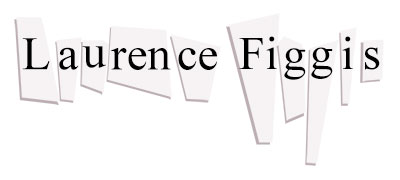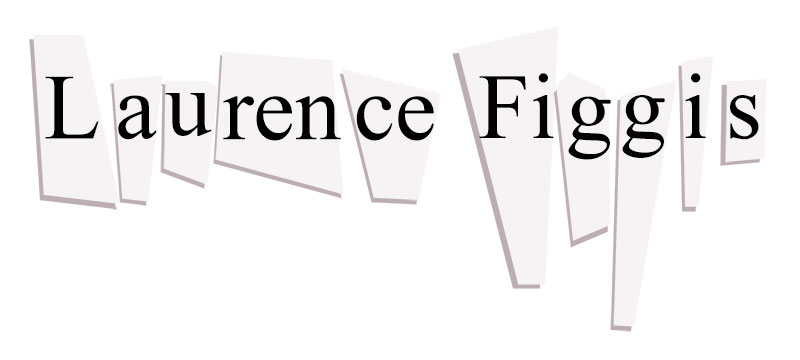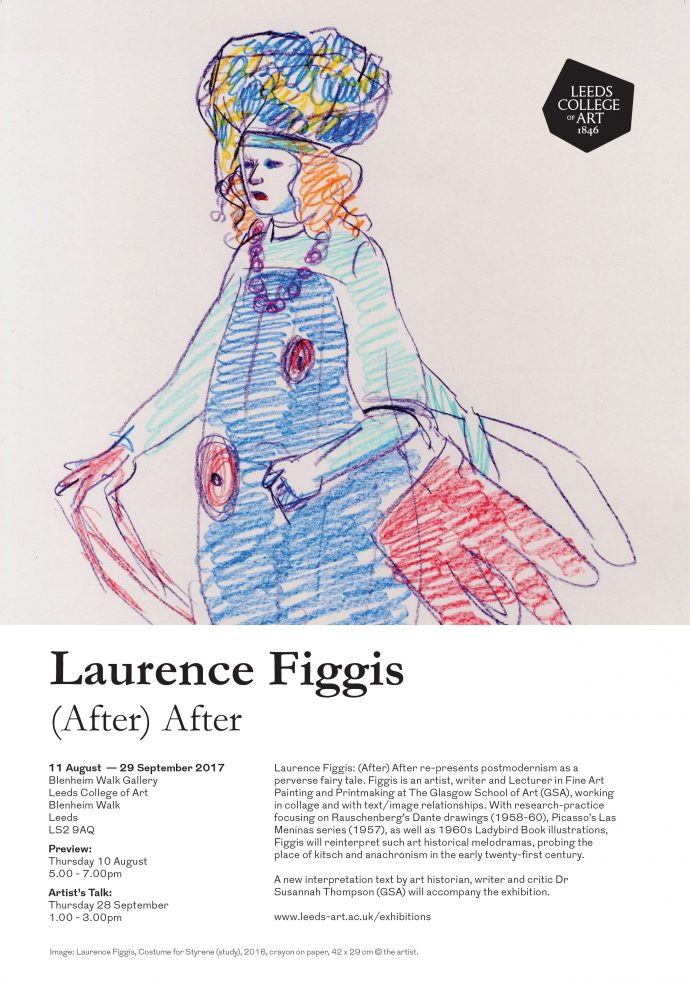Exhibition Poster
Exhibition Press-Release
‘Laurence Figgis: (After) After’ re-presents postmodernism as a perverse fairy tale. Figgis is an artist, writer and Lecturer in Fine Art Painting and Printmaking at The Glasgow School of Art (GSA), working in collage and with text/image relationships. With research-practice focusing on Rauschenberg’s Dante drawings (1958-60), Picasso’s Las Meninas series (1957), as well as 1960s Ladybird Book illustrations, Figgis will reinterpret such art historical melodramas, probing the place of kitsch and anachronism in the early twenty-first century.
A new interpretation text by art historian, writer and critic Dr Susannah Thompson (GSA) will accompany the exhibition.
Works exhibited
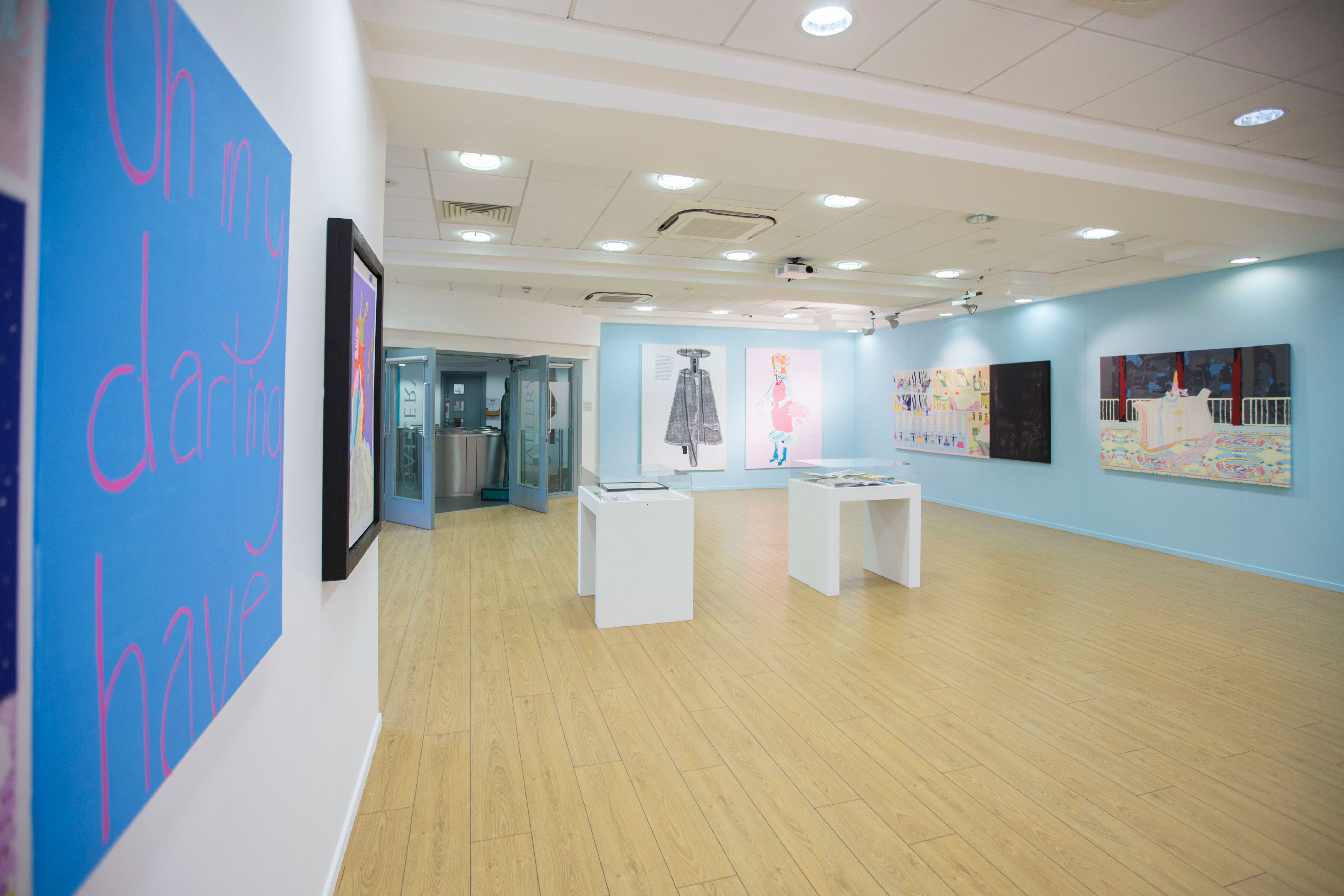
Laurence Figgis, ‘(After) After,’ The Blenheim Walk Gallery, Leeds Arts University, 2017, installation view, photograph by Hamish Irvine, ©Hamish Irvine Photographer, ©Laurence Figgis
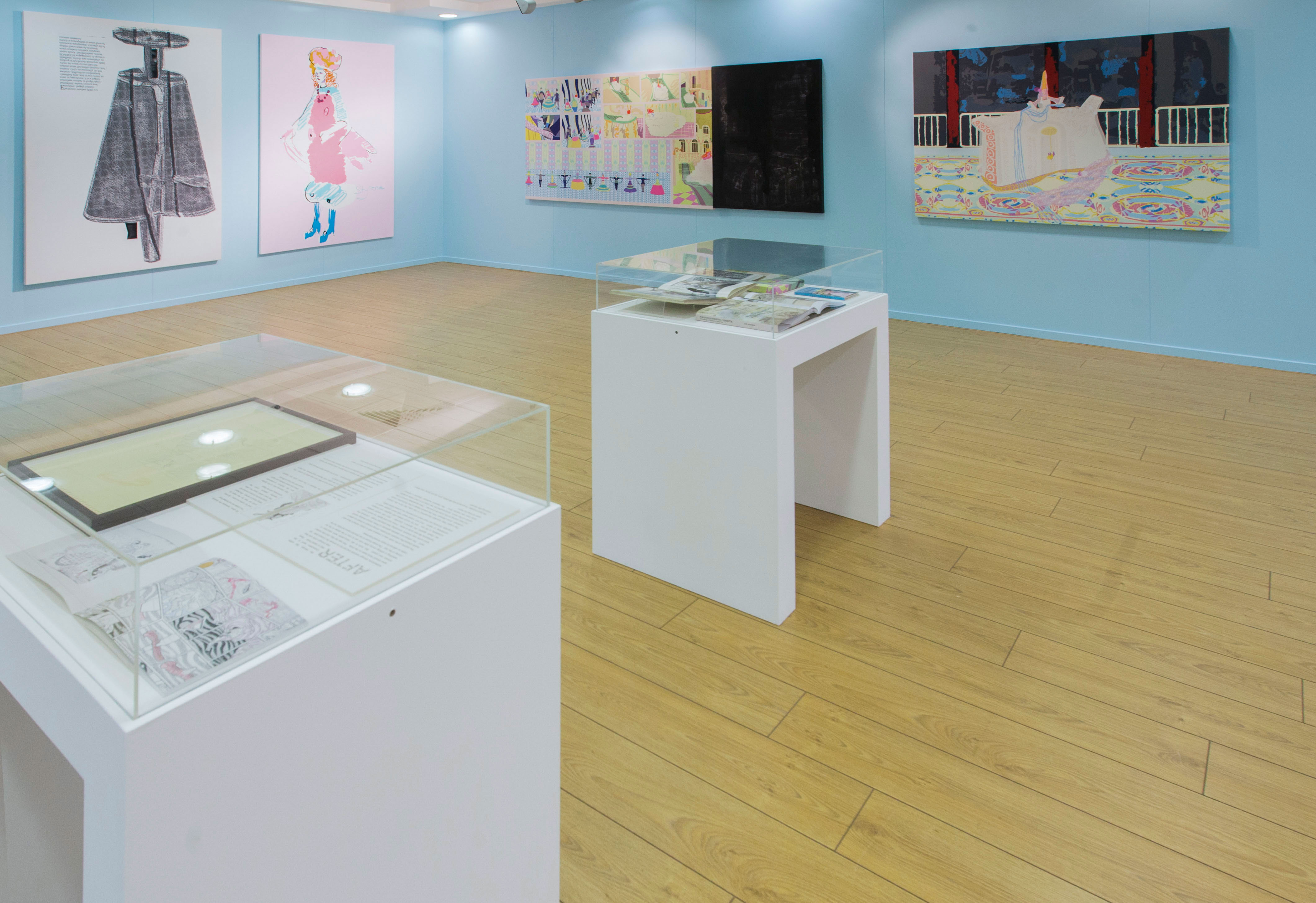
Laurence Figgis, ‘(After) After,’ The Blenheim Walk Gallery, Leeds Arts University, 2017, installation view, photograph by Hamish Irvine, ©Hamish Irvine Photographer, ©Laurence Figgis
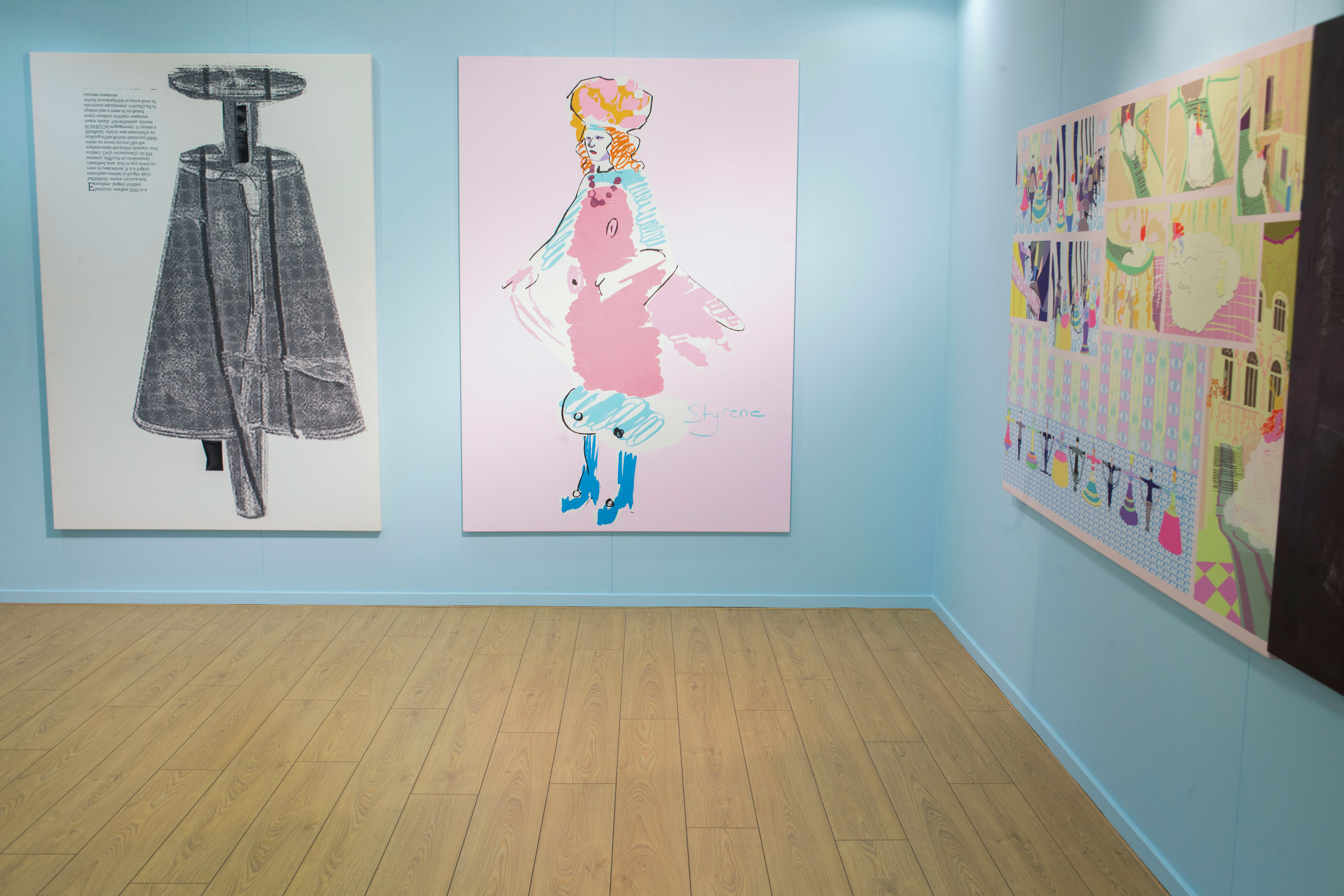
Laurence Figgis, ‘(After) After,’ The Blenheim Walk Gallery, Leeds Arts University, 2017, installation view, photograph by Hamish Irvine, ©Hamish Irvine Photographer, ©Laurence Figgis
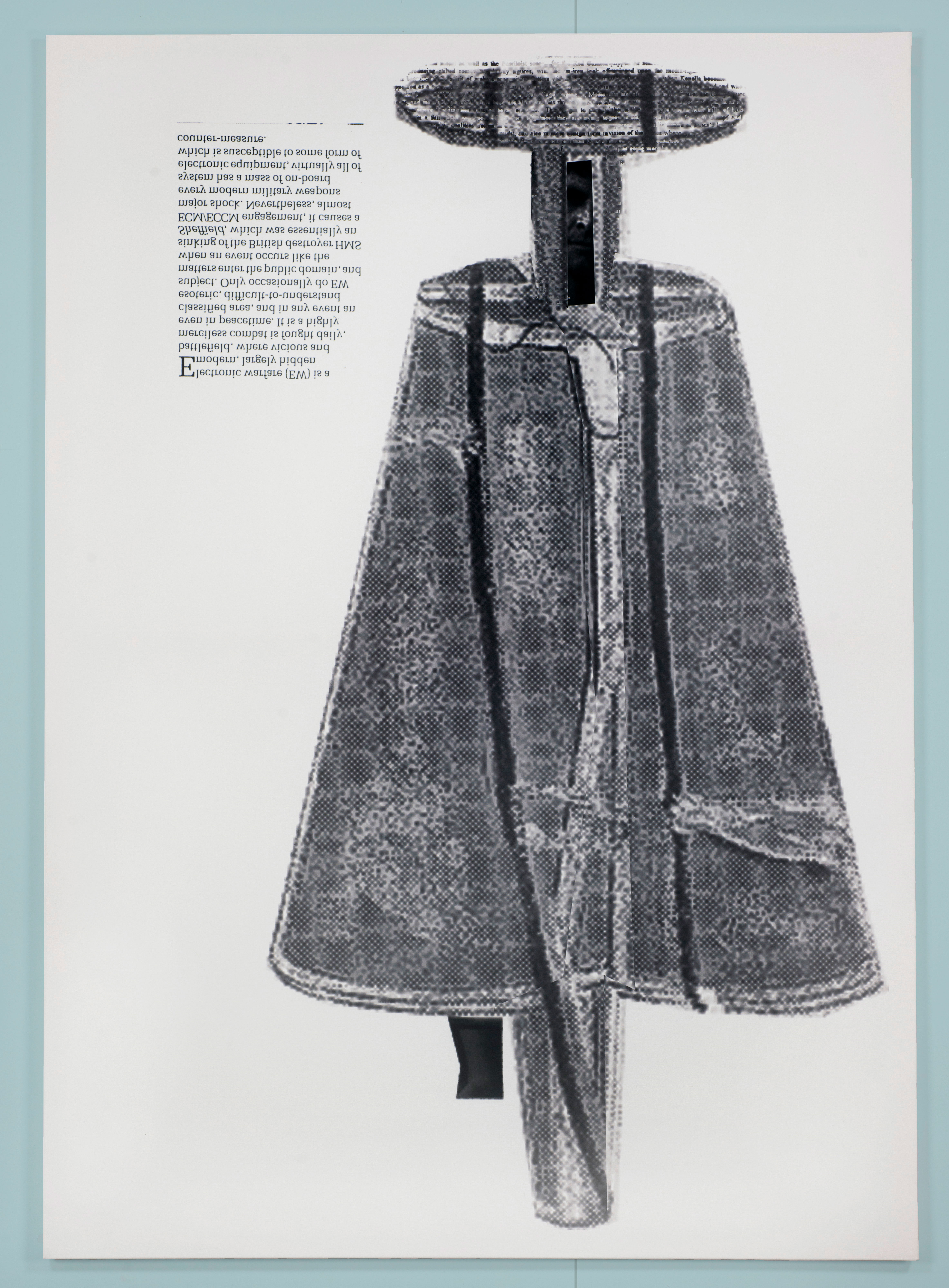
Laurence Figgis, The General, 2017, dye-sublimation print on canvas, 200 x 141 cm, photograph by Alan Dimmick, ©A Dimmick, ©Laurence Figgis
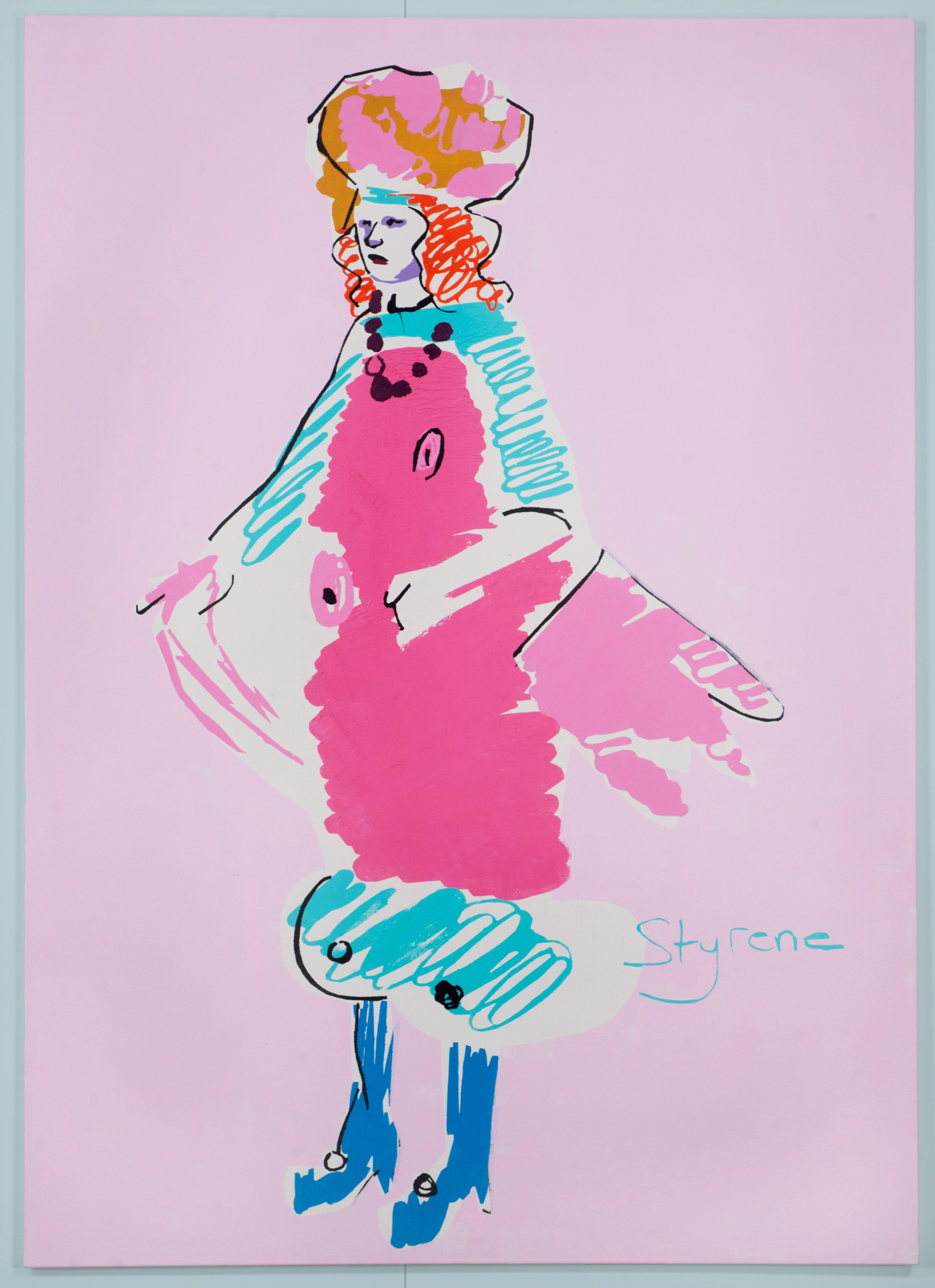
Laurence Figgis, Costume for Styrene, 2017, acrylic paint on canvas, 200 x 141 cm, photographed by Alan Dimmick, ©A Dimmick, ©Laurence Figgis
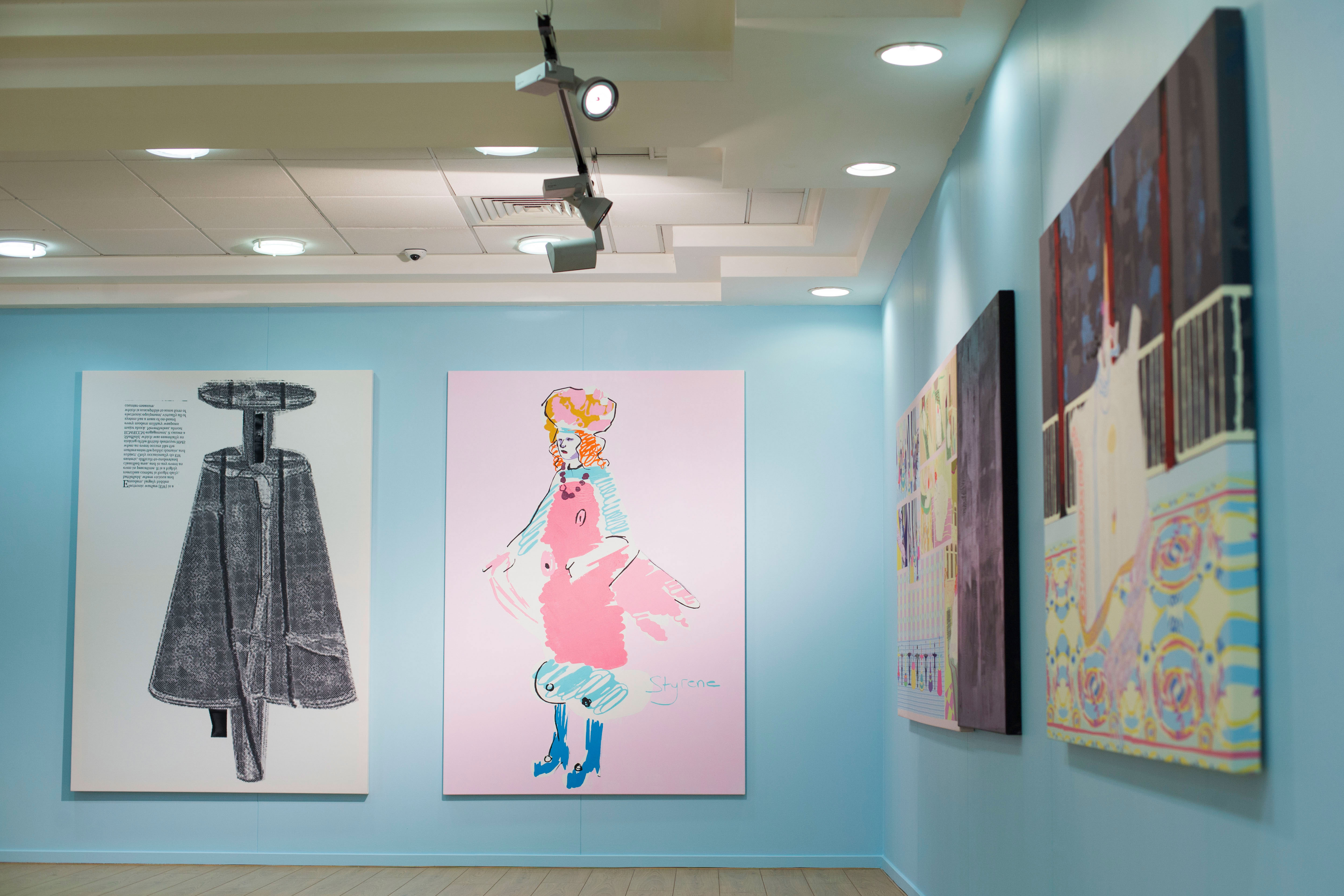
Laurence Figgis, ‘(After) After,’ The Blenheim Walk Gallery, Leeds Arts University, 2017, installation view, photograph by Hamish Irvine, ©Hamish Irvine, ©Photographer Laurence Figgis
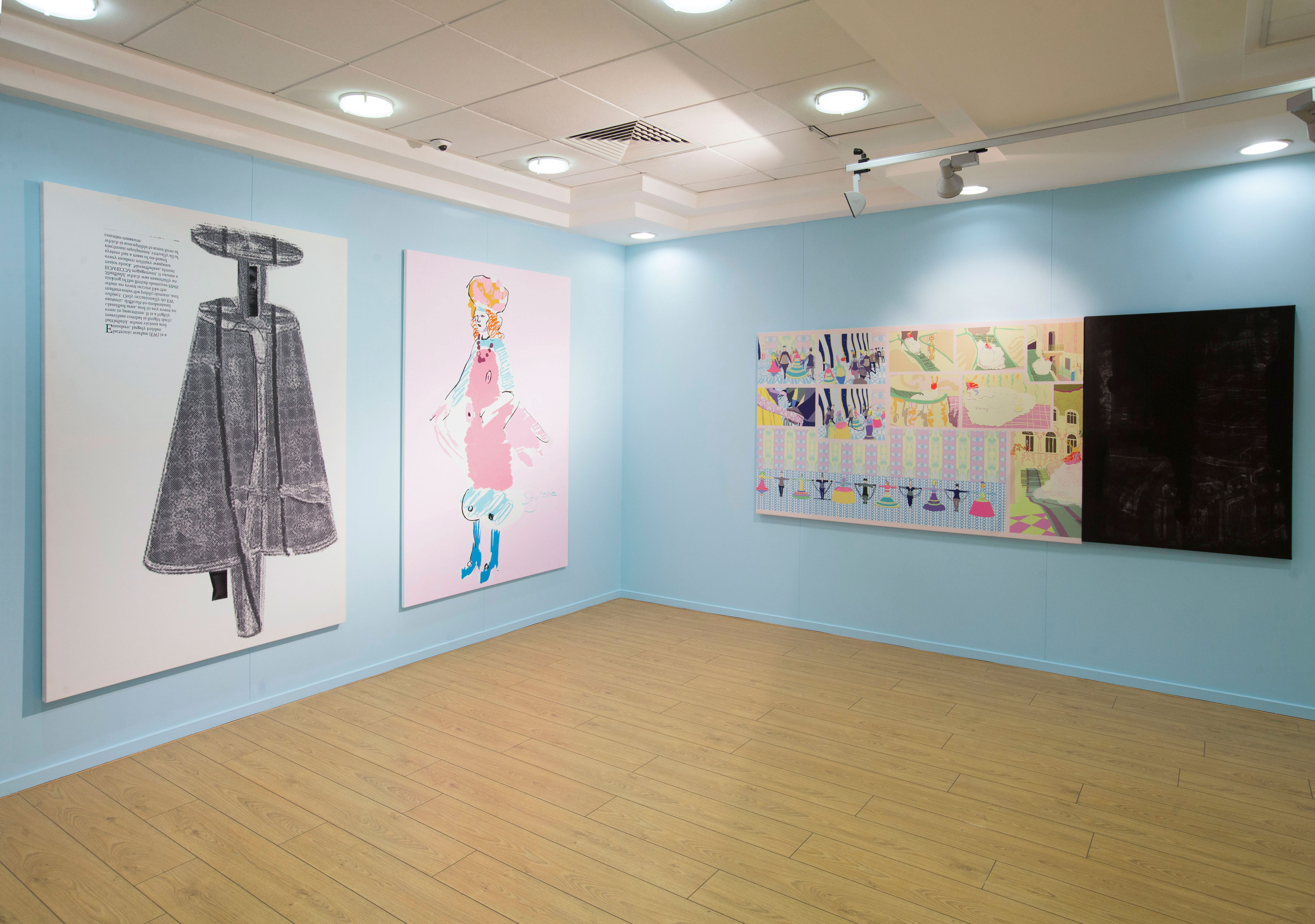
Laurence Figgis, ‘(After) After,’ The Blenheim Walk Gallery, Leeds Arts University, 2017, installation view, photograph by Hamish Irvine, ©Hamish Irvine Photographer, ©Laurence Figgis
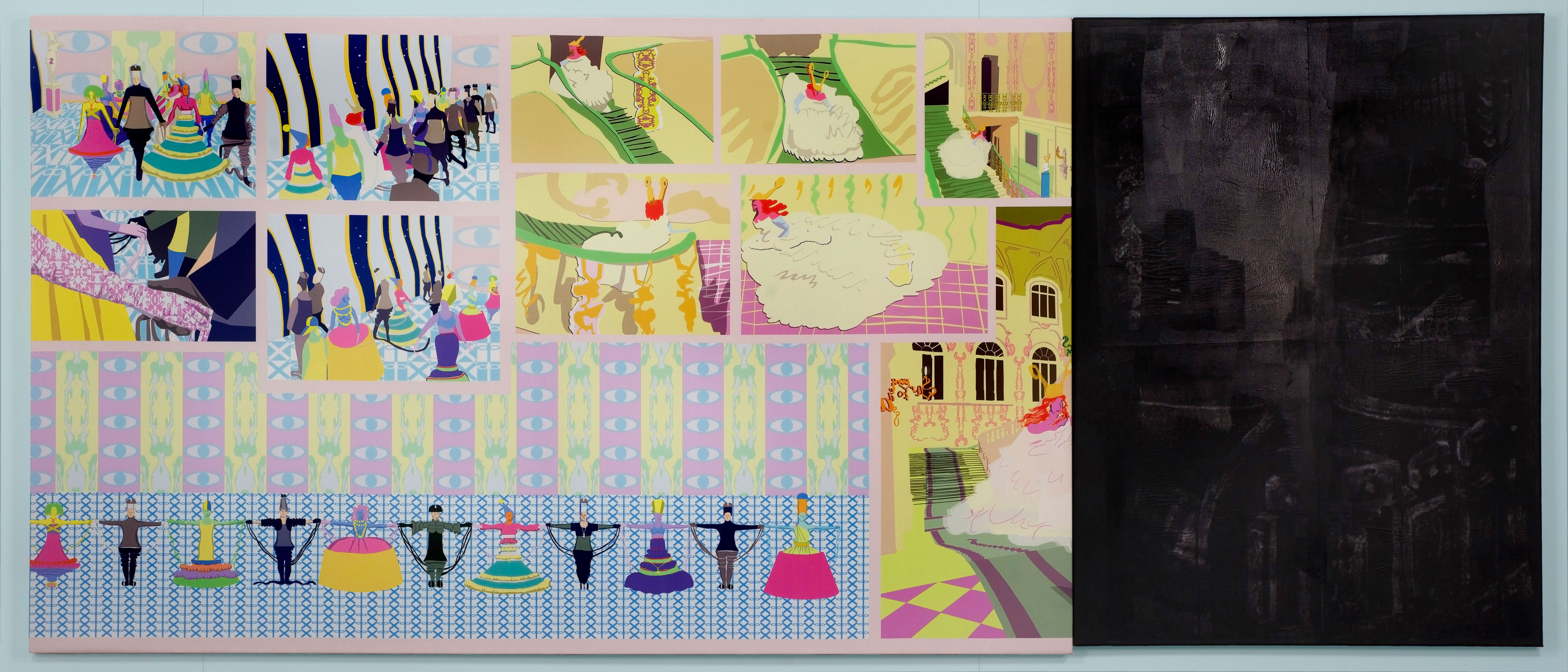
Laurence Figgis, The Club-Grande, 2017, dye-sublimation print, collage, acrylic paint on canvas, 120 x 304 cm, photograph by Alan Dimmick, ©A Dimmick, ©Laurence Figgis
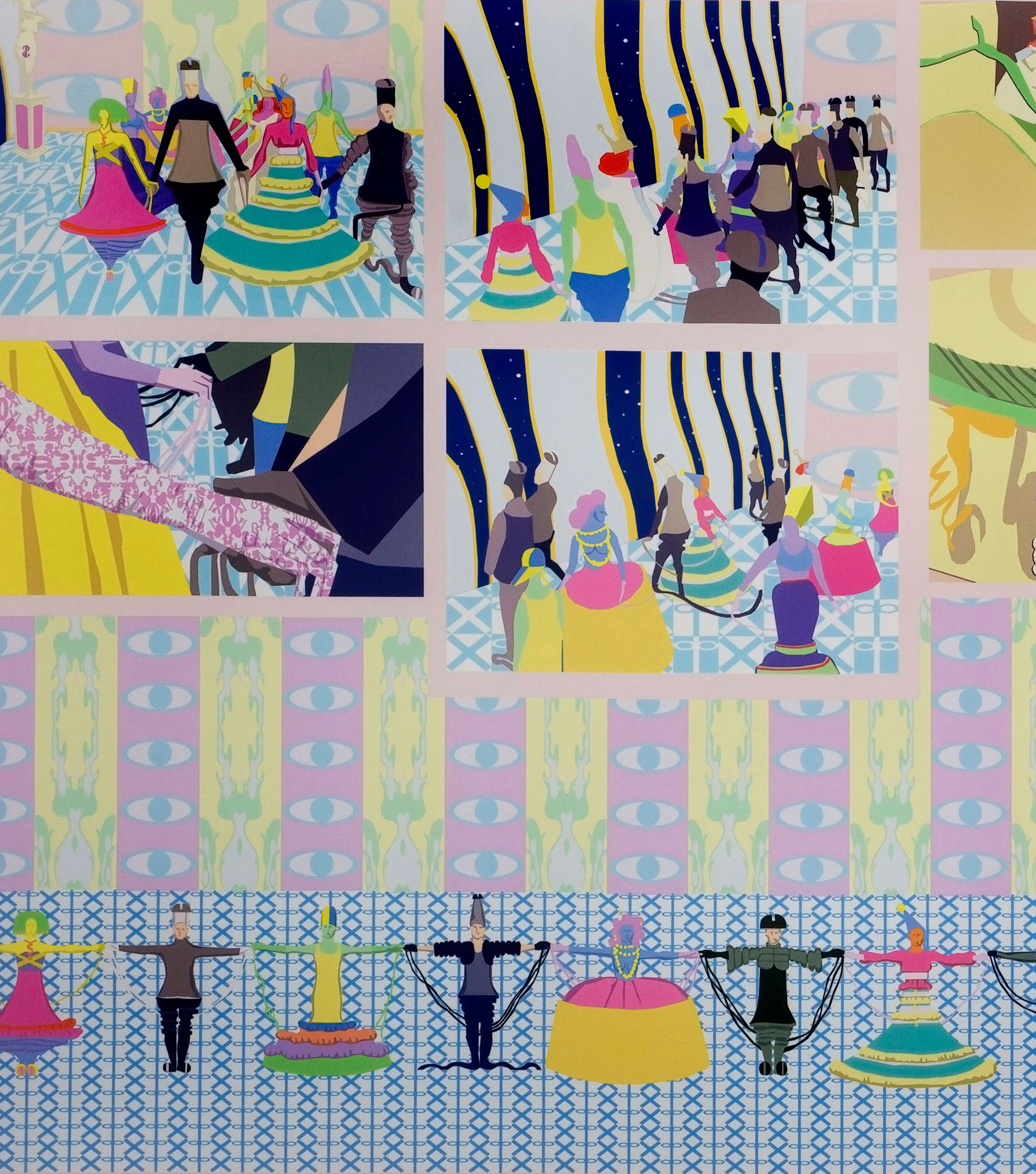
Laurence Figgis, The Club-Grande (detail), 2017, dye-sublimation print, collage, acrylic paint on canvas, 120 x 304 cm, photograph by Alan Dimmick, ©A Dimmick ©Laurence Figgis
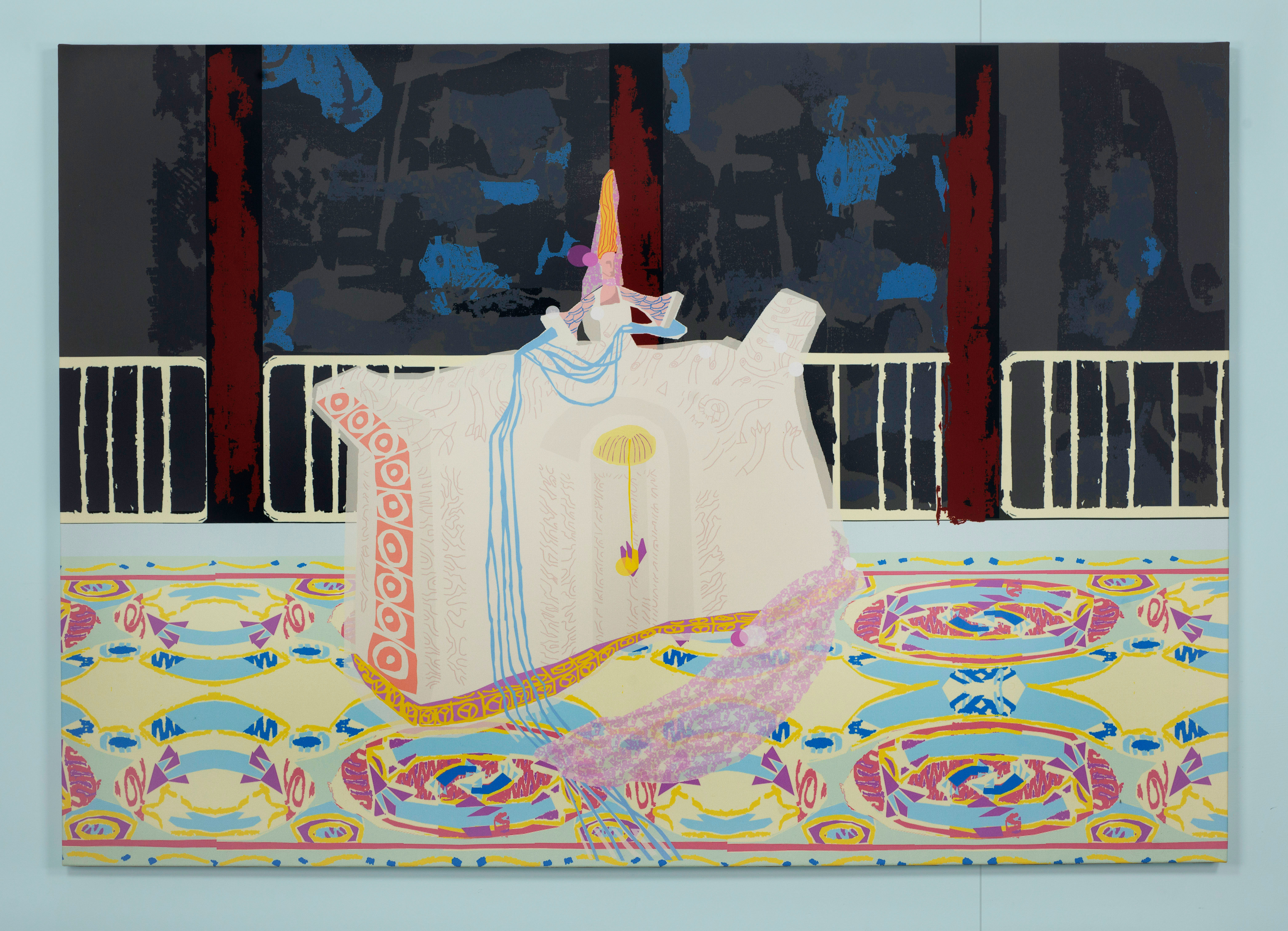
Laurence Figgis, The Goddess of Land Services, 2017, dye-sublimation print on canvas, 118 x 168 cm, photograph by Alan Dimmick, ©A Dimmick, ©Laurence Figgis

Laurence Figgis, The Goddess of Land Services (detail), 2017, dye-sublimation print on canvas, 118 x 168 cm, ©Laurence Figgis

Laurence Figgis, ‘(After) After,’ The Blenheim Walk Gallery, Leeds Arts University, 2017, installation view, photograph by Hamish Irvine, ©Hamish Irvine Photographer, ©Laurence Figgis
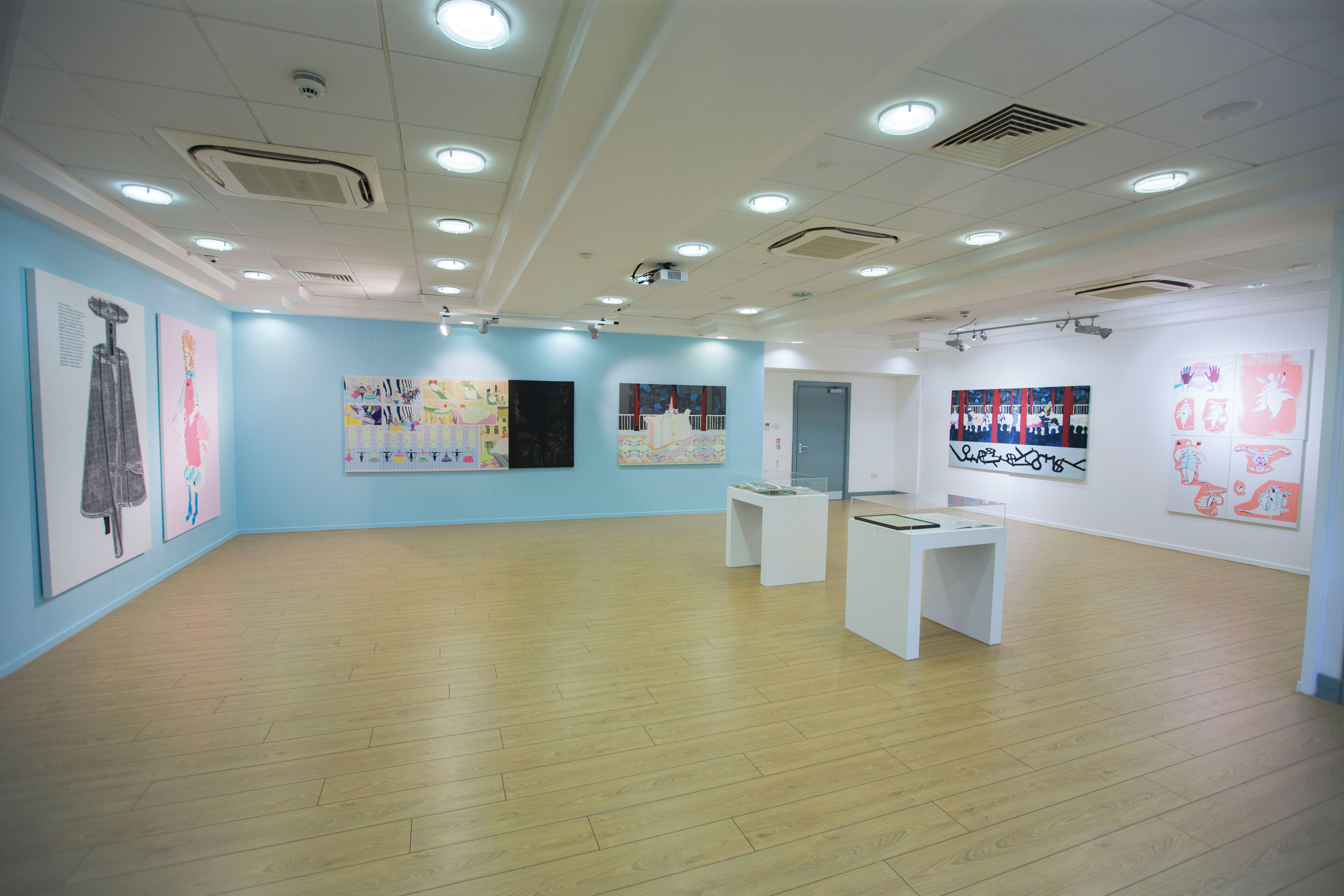
Laurence Figgis, ‘(After) After,’ The Blenheim Walk Gallery, Leeds Arts University, 2017, installation view, photograph by Hamish Irvine, ©Hamish Irvine Photographer, ©Laurence Figgis
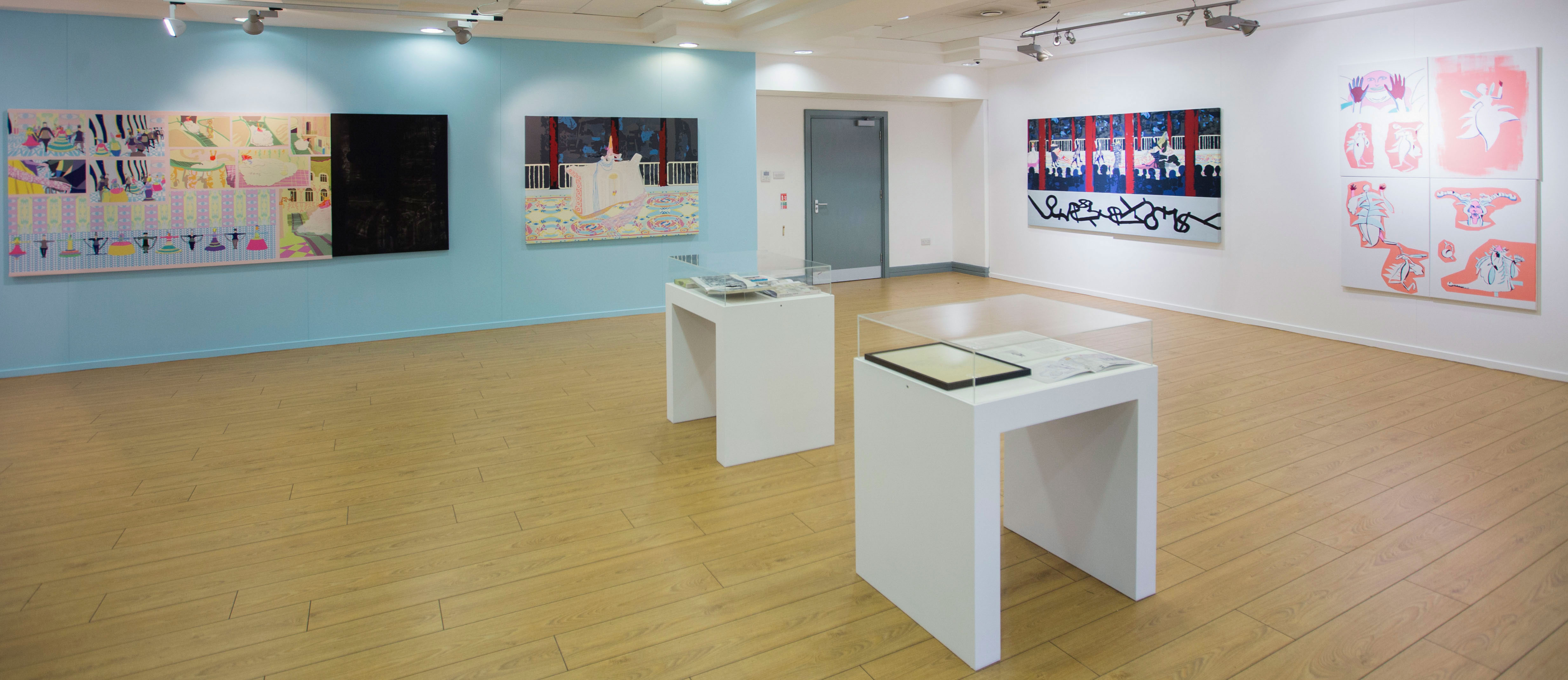
Laurence Figgis, ‘(After) After,’ The Blenheim Walk Gallery, Leeds Arts University, 2017, installation view, photograph by Hamish Irvine, ©Hamish Irvine Photographer, ©Laurence Figgis
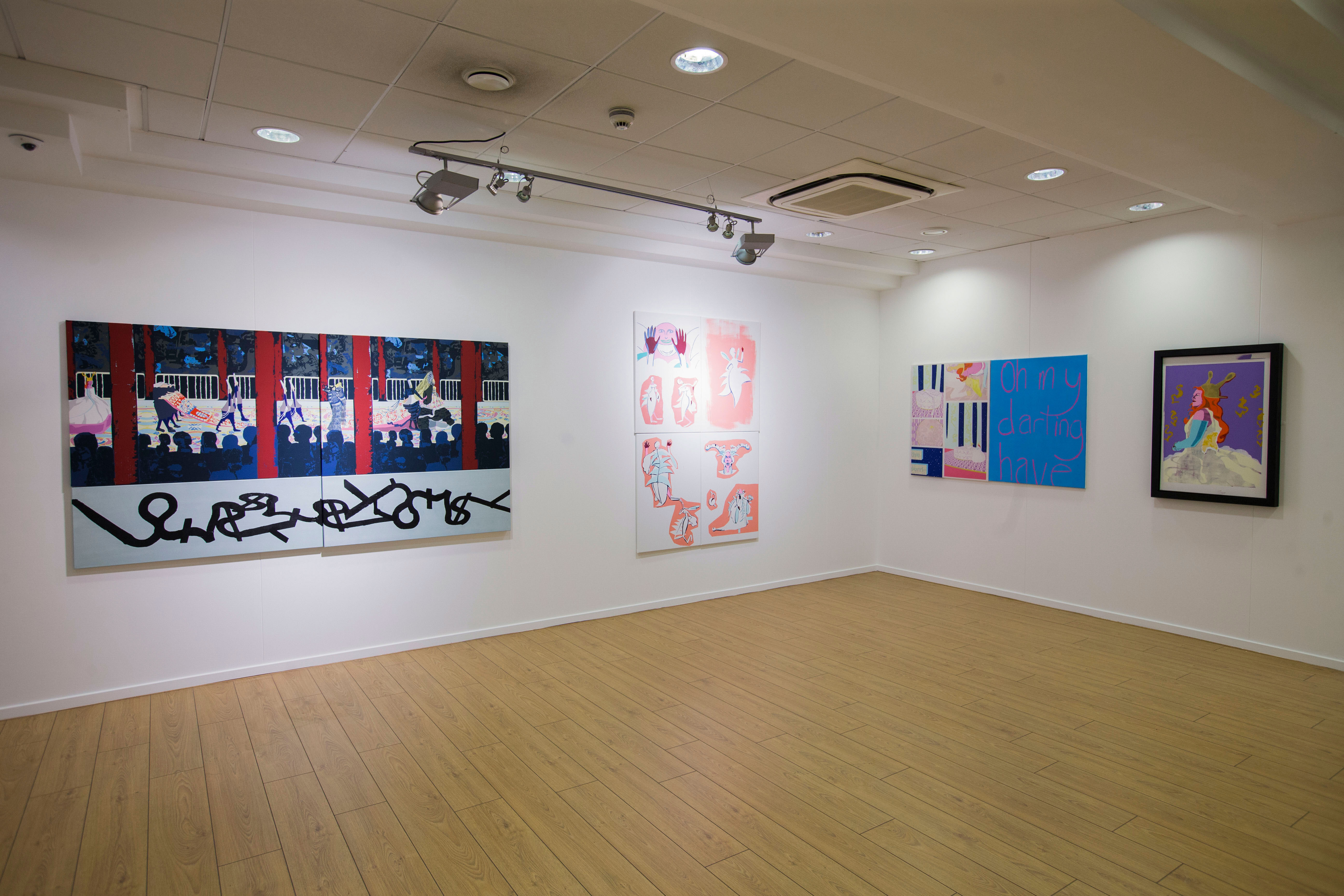
Laurence Figgis, ‘(After) After,’ The Blenheim Walk Gallery, Leeds Arts University, 2017, installation view, photograph by Hamish Irvine, ©Hamish Irvine Photographer, ©Laurence Figgis
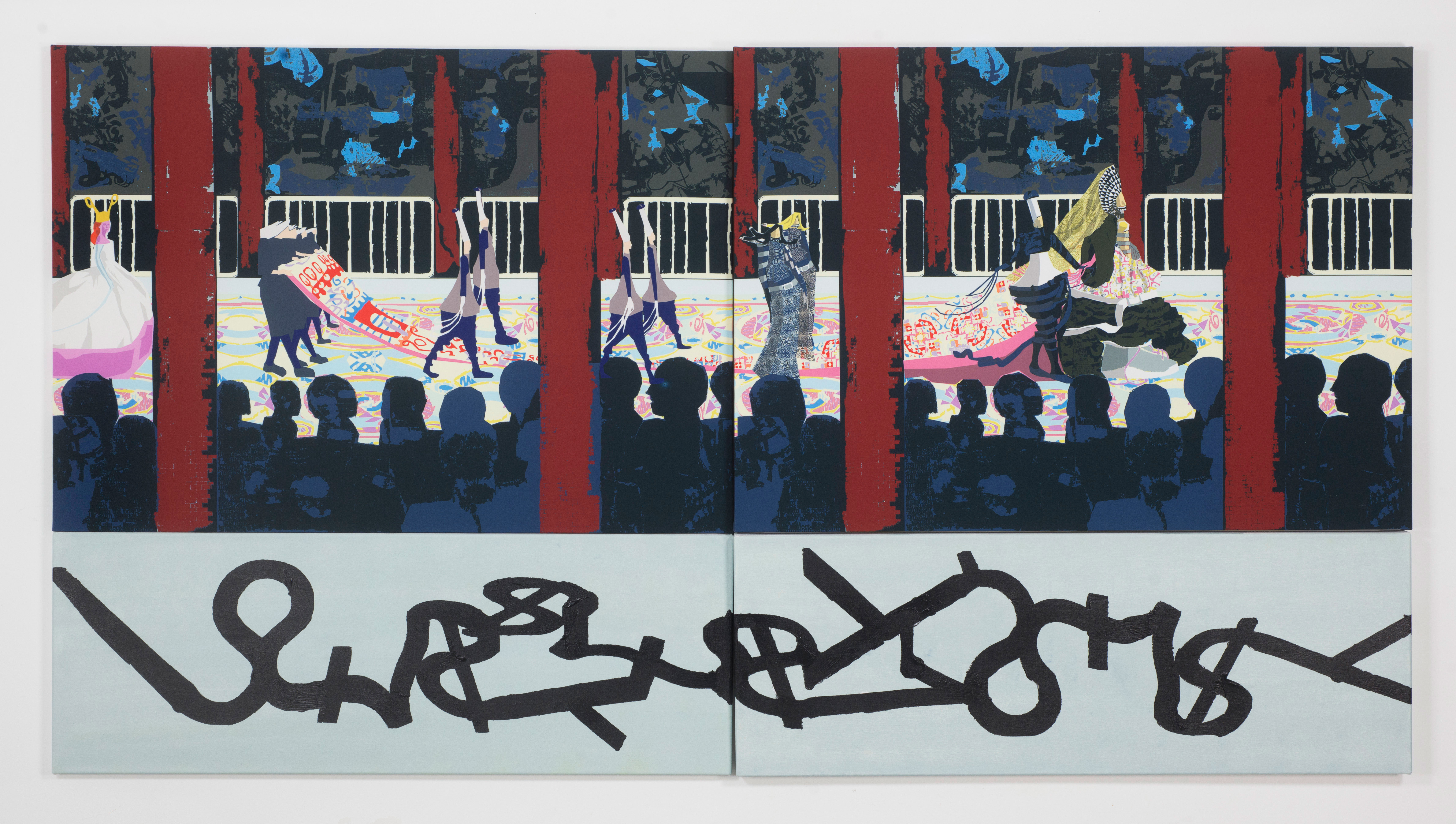
Laurence Figgis, The Mar’ge, 2017, dye-sublimation print, acrylic paint on canvas, 126 x 236 cm, photograph by Alan Dimmick, ©A Dimmick, ©Laurence Figgis
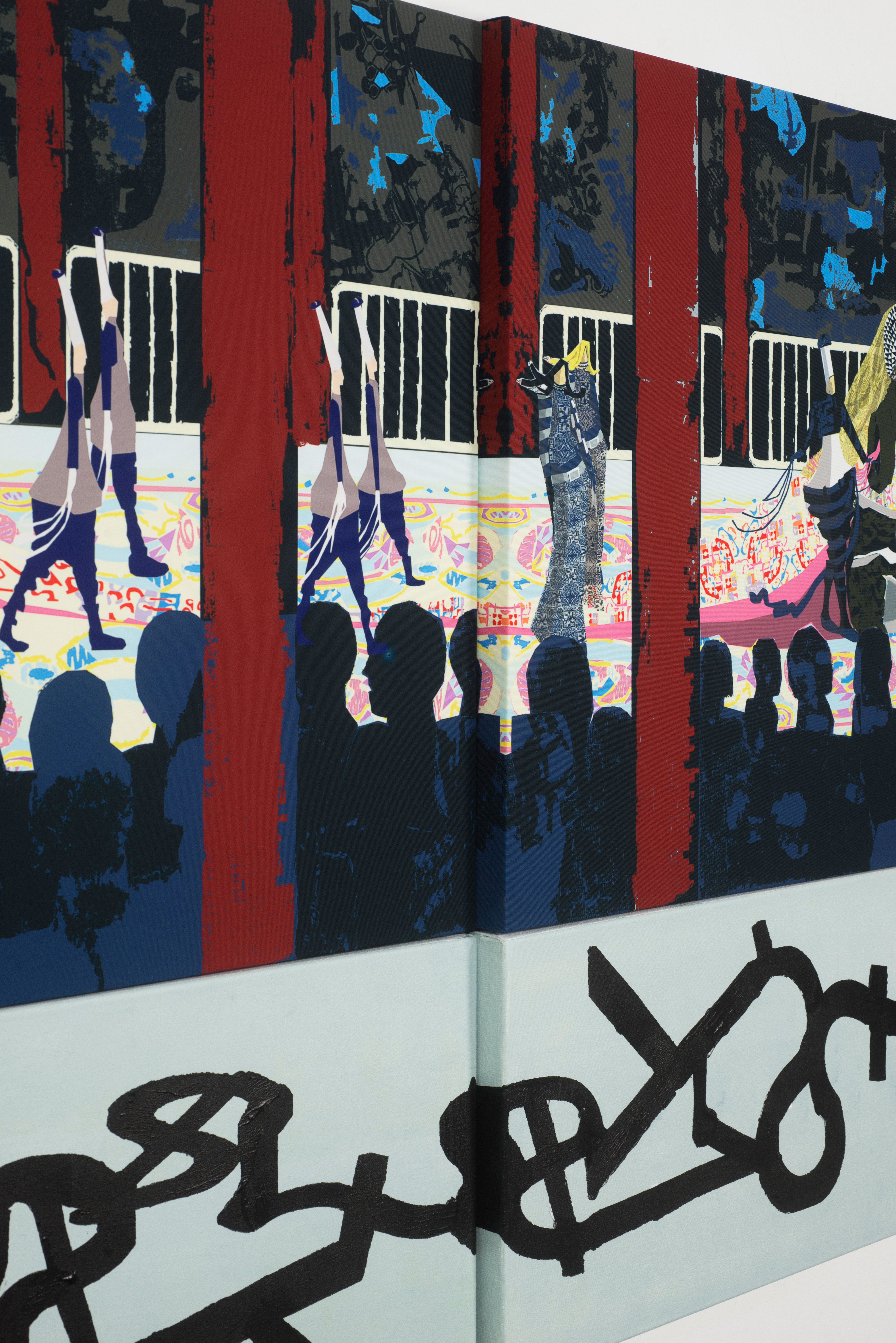
Laurence Figgis, The Mar’ge (detail), 2017, dye-sublimation print, acrylic paint on canvas, 126 x 236 cm, photograph by Alan Dimmick, ©A Dimmick, ©Laurence Figgis
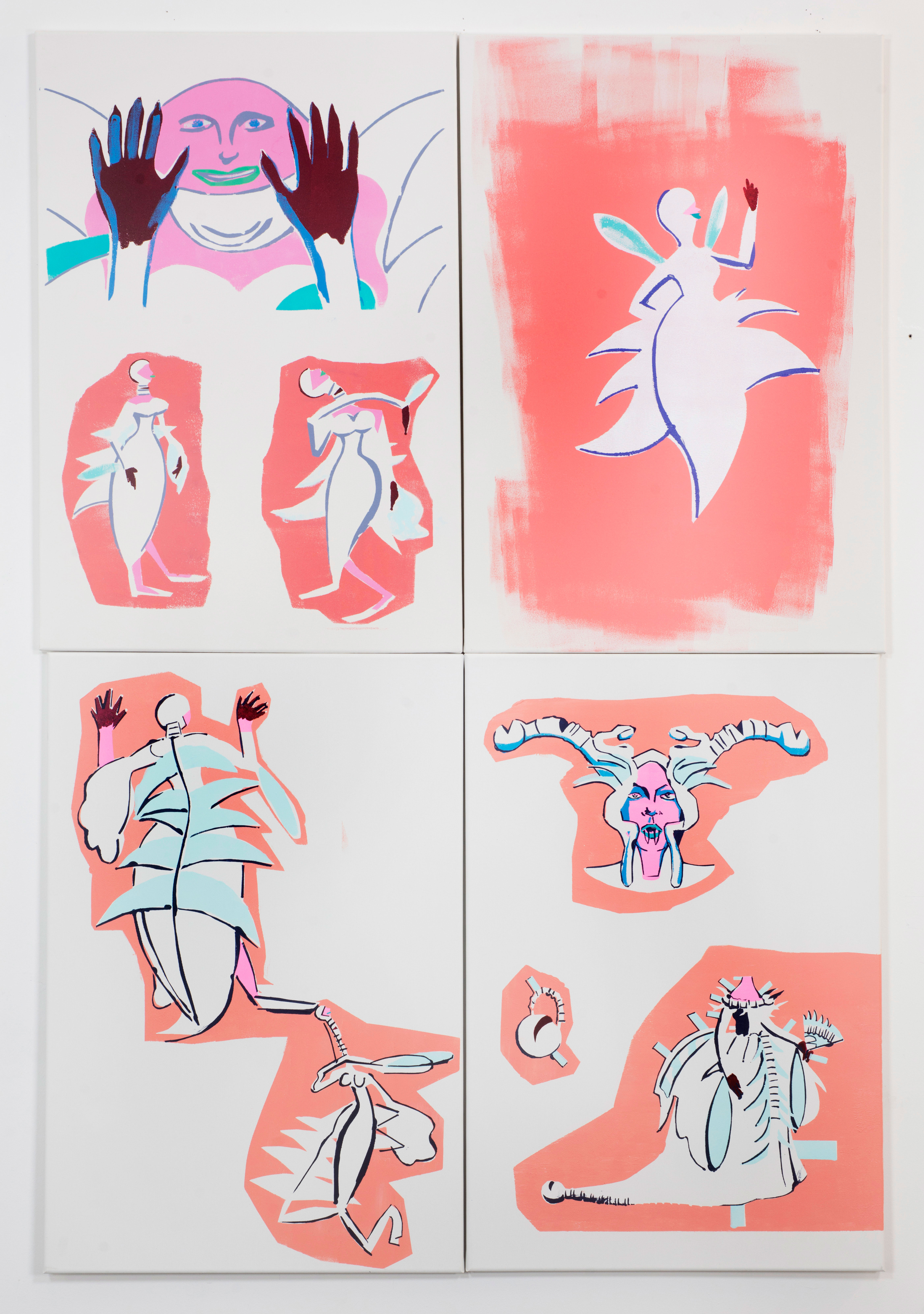
Laurence Figgis, Athener, 2017, acrylic paint on canvas, 182 x 122 cm, photograph by Alan Dimmick, ©A Dimmick, ©Laurence Figgis
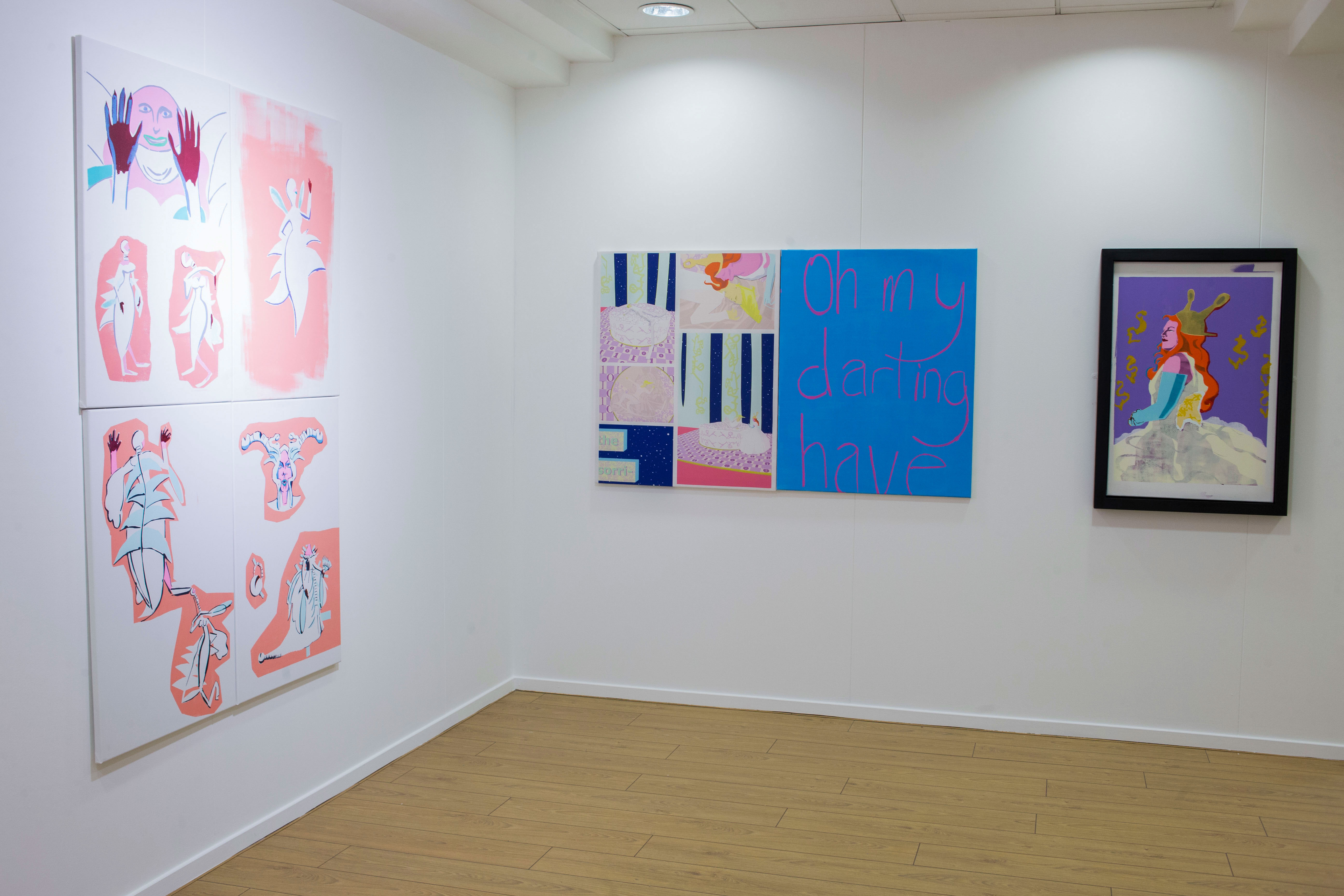
Laurence Figgis, ‘(After) After,’ The Blenheim Walk Gallery, Leeds Arts University, 2017, installation view, photograph by Hamish Irvine, ©Hamish Irvine Photographer, ©Laurence Figgis
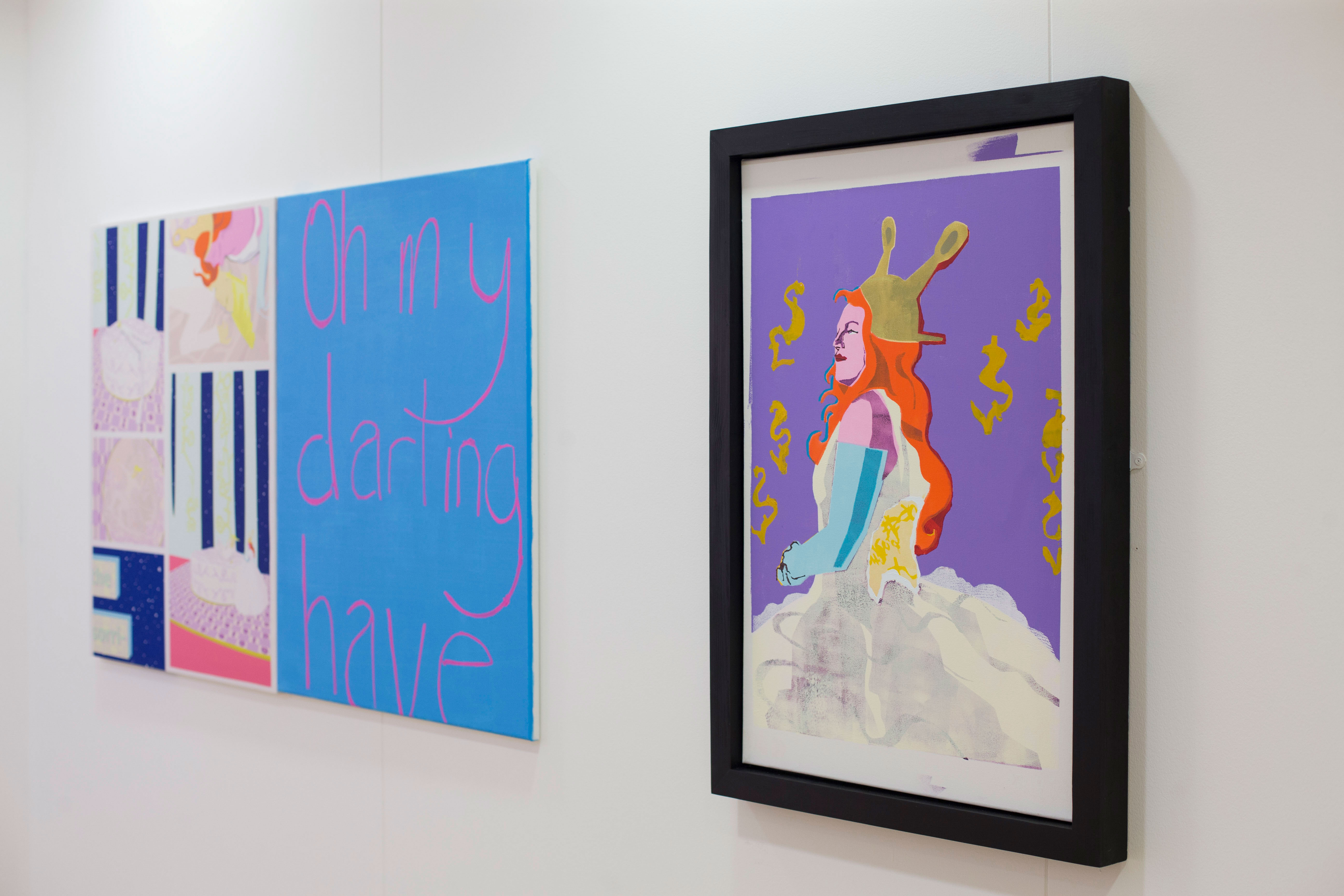
Laurence Figgis, ‘(After) After,’ The Blenheim Walk Gallery, Leeds Arts University, 2017, installation view, photograph by Hamish Irvine, ©Hamish Irvine Photographer, ©Laurence Figgis
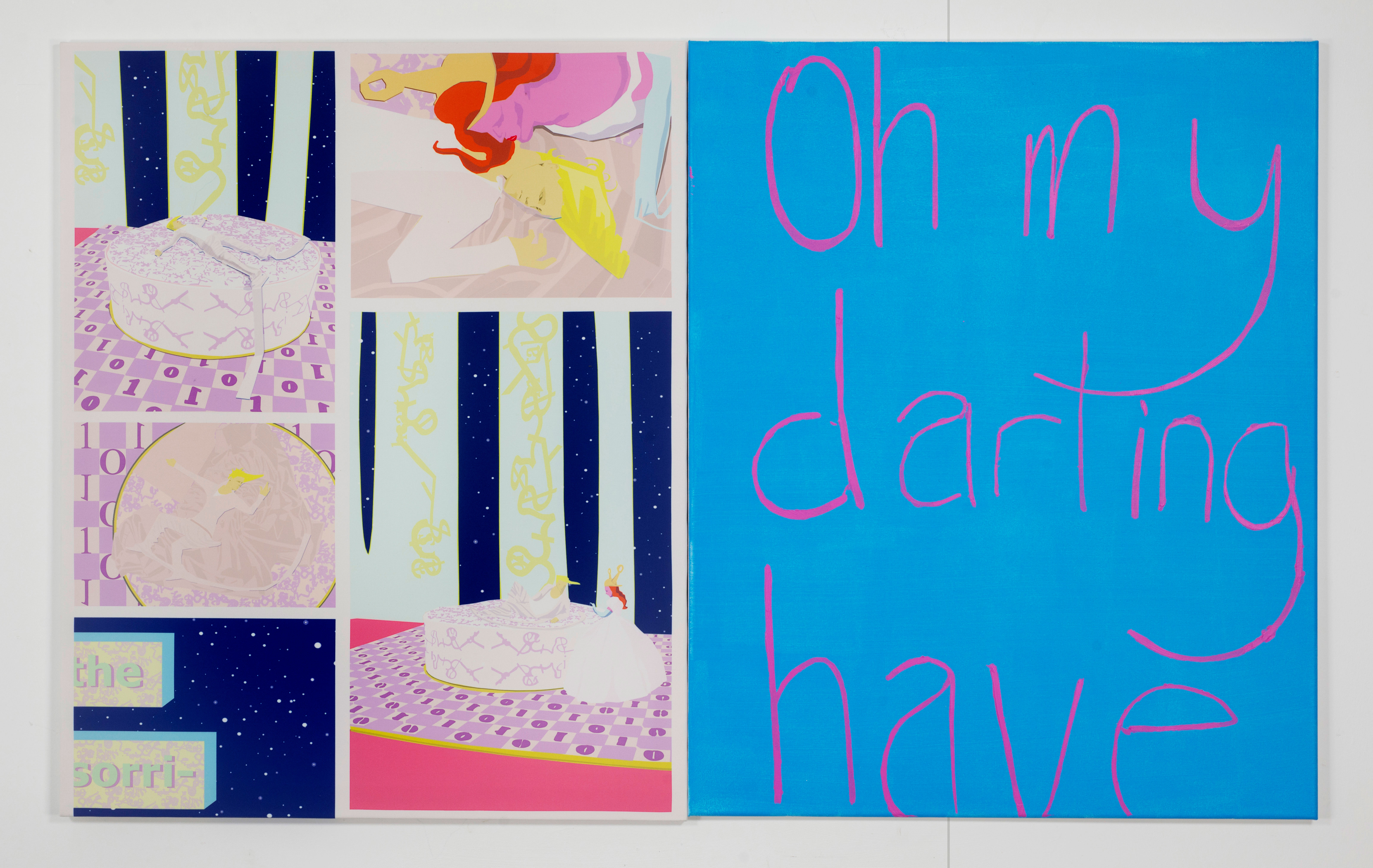
Laurence Figgis, Oh My Darling Have, 2017, dye-sublimation print, acrylic paint on canvas, 100 x 160 cm, photographed by Alan Dimmick, ©A Dimmick ©Laurence Figgis
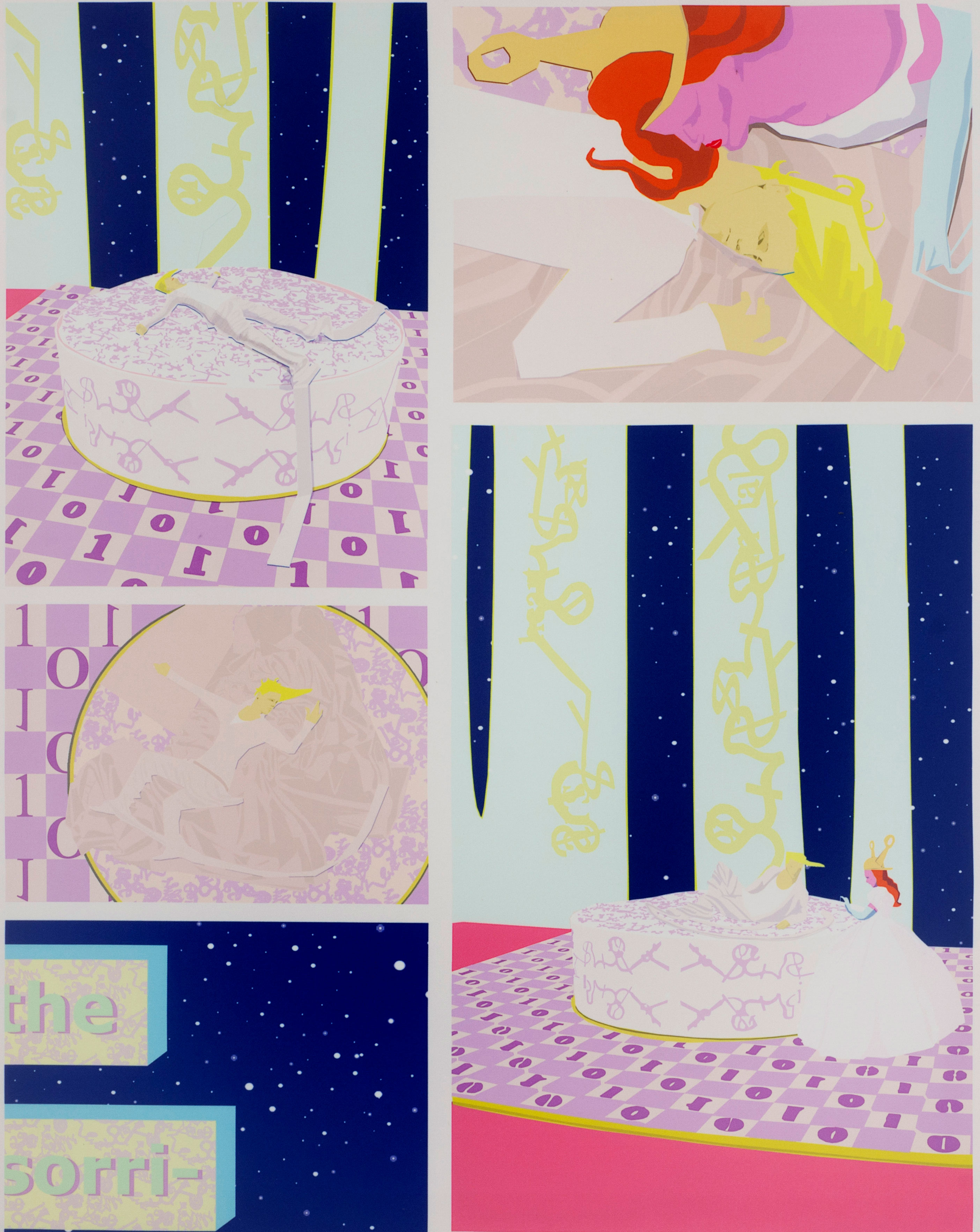
Laurence Figgis, Oh My Darling Have (detail), 2017, dye-sublimation print, acrylic paint on canvas, 100 x 160 cm, photograph by Alan Dimmick, ©A Dimmick, ©Laurence Figgis
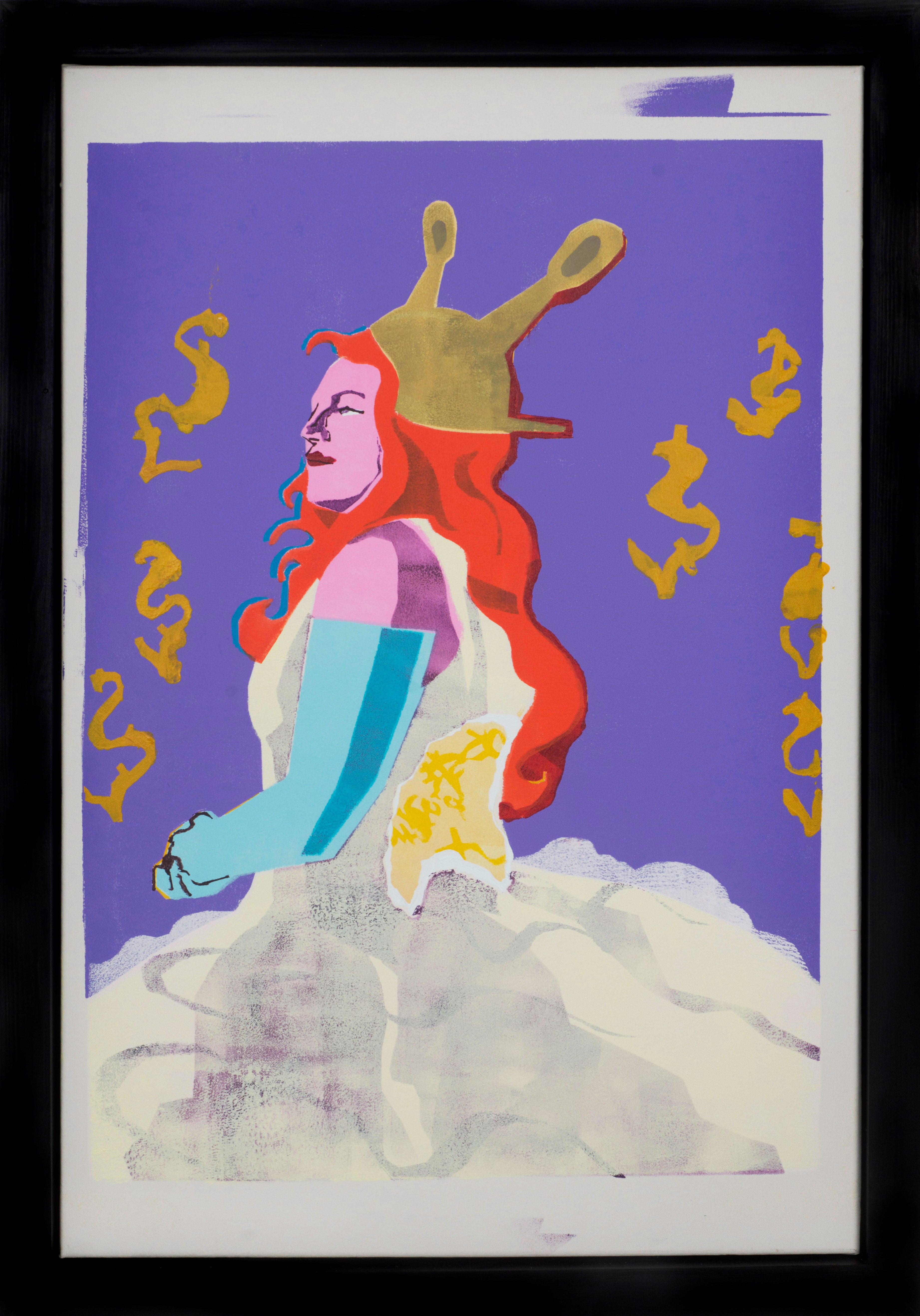
Laurence Figgis, Styrene, 2017, acrylic paint on canvas, painted wood frame, 100.9 x 70.4 cm, photograph by Alan Dimmick, ©A Dimmick ©Laurence Figgis
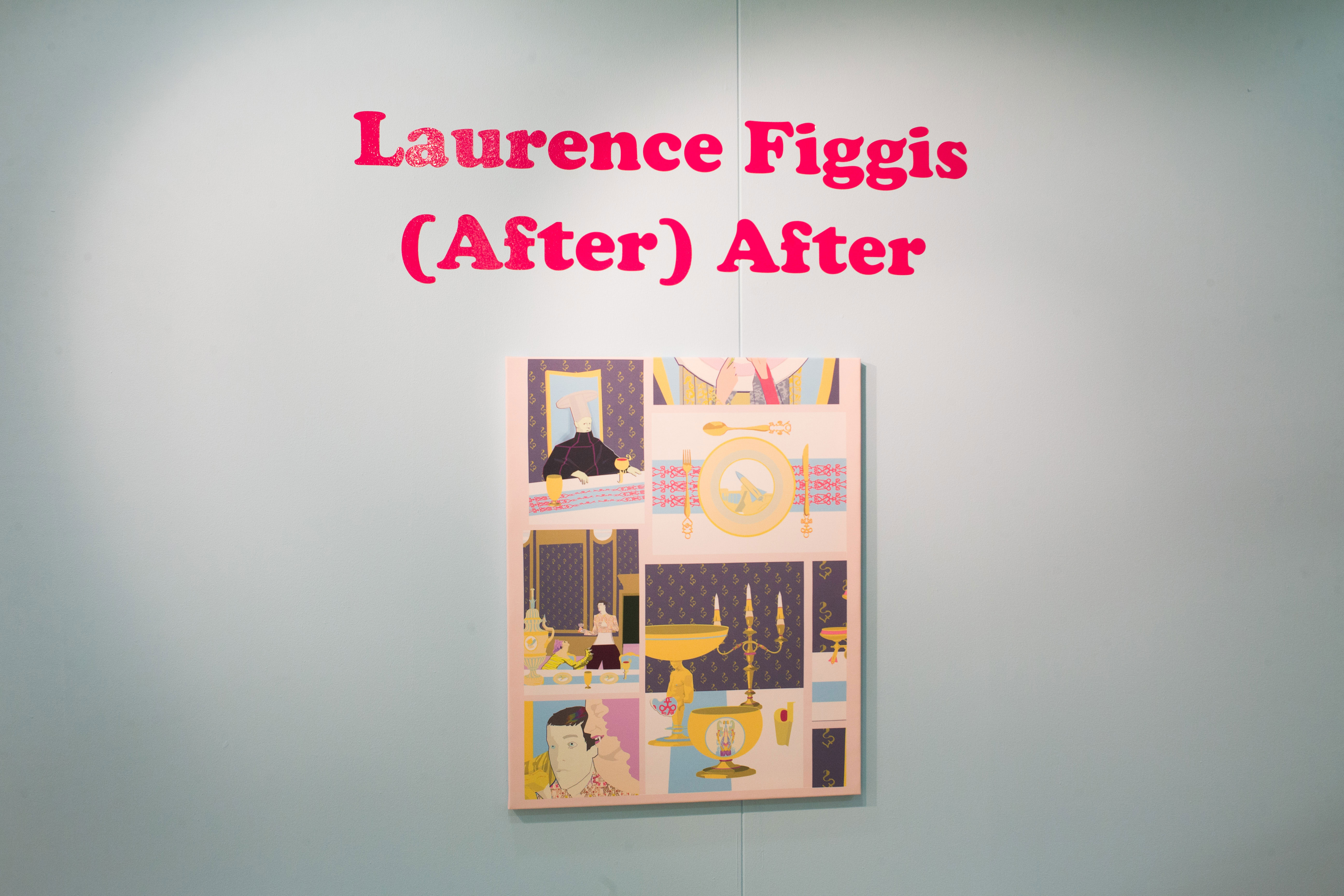
Laurence Figgis, ‘(After) After,’ The Blenheim Walk Gallery, Leeds Arts University, 2017, installation view, photograph by Hamish Irvine, ©Hamish Irvine Photographer, ©Laurence Figgis
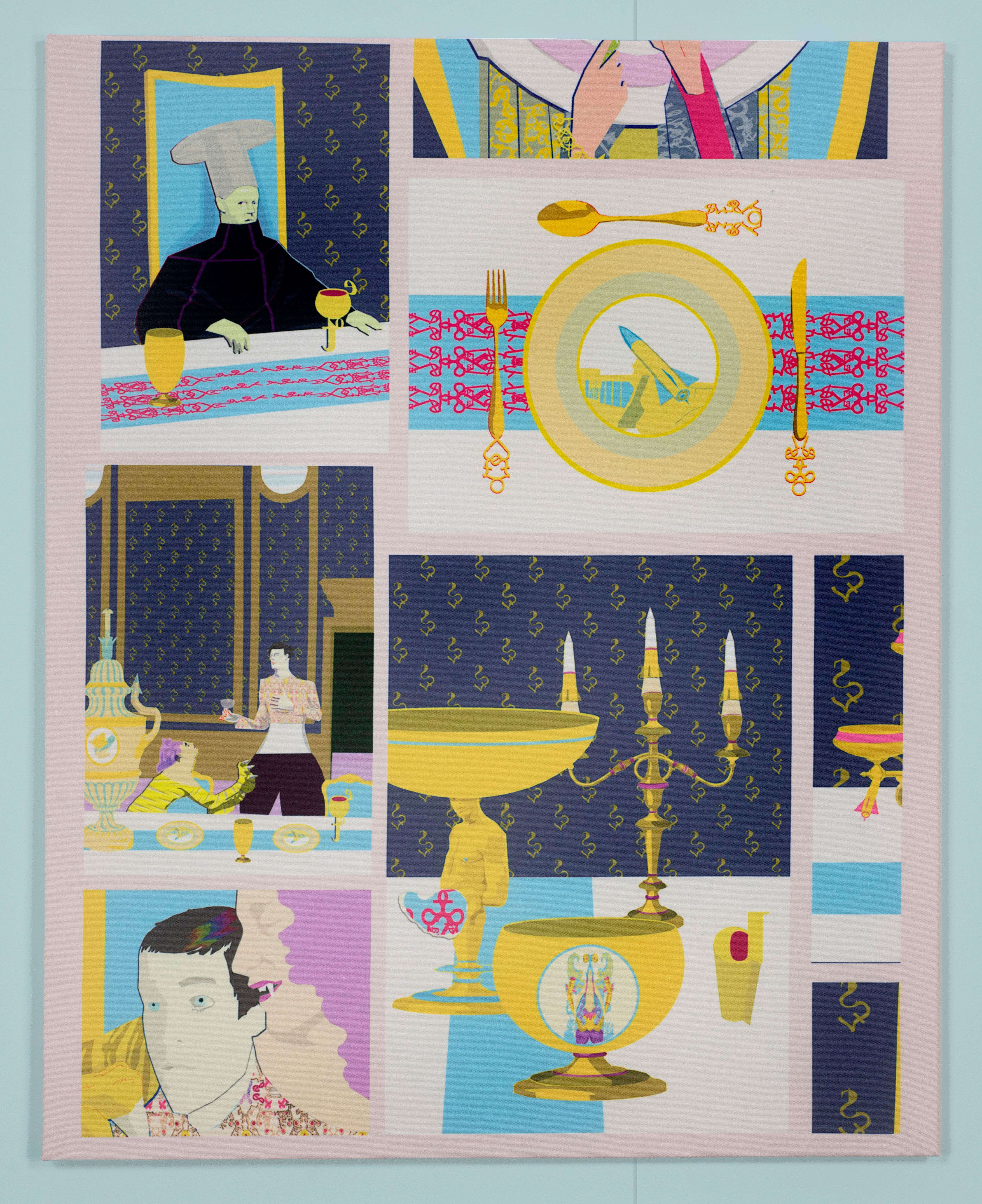
Laurence Figgis, After the Mar’ge, 2017, dye-sublimation print on canvas, 81 x 65 cm, photographed by Alan Dimmick, ©A Dimmick, ©Laurence Figgis
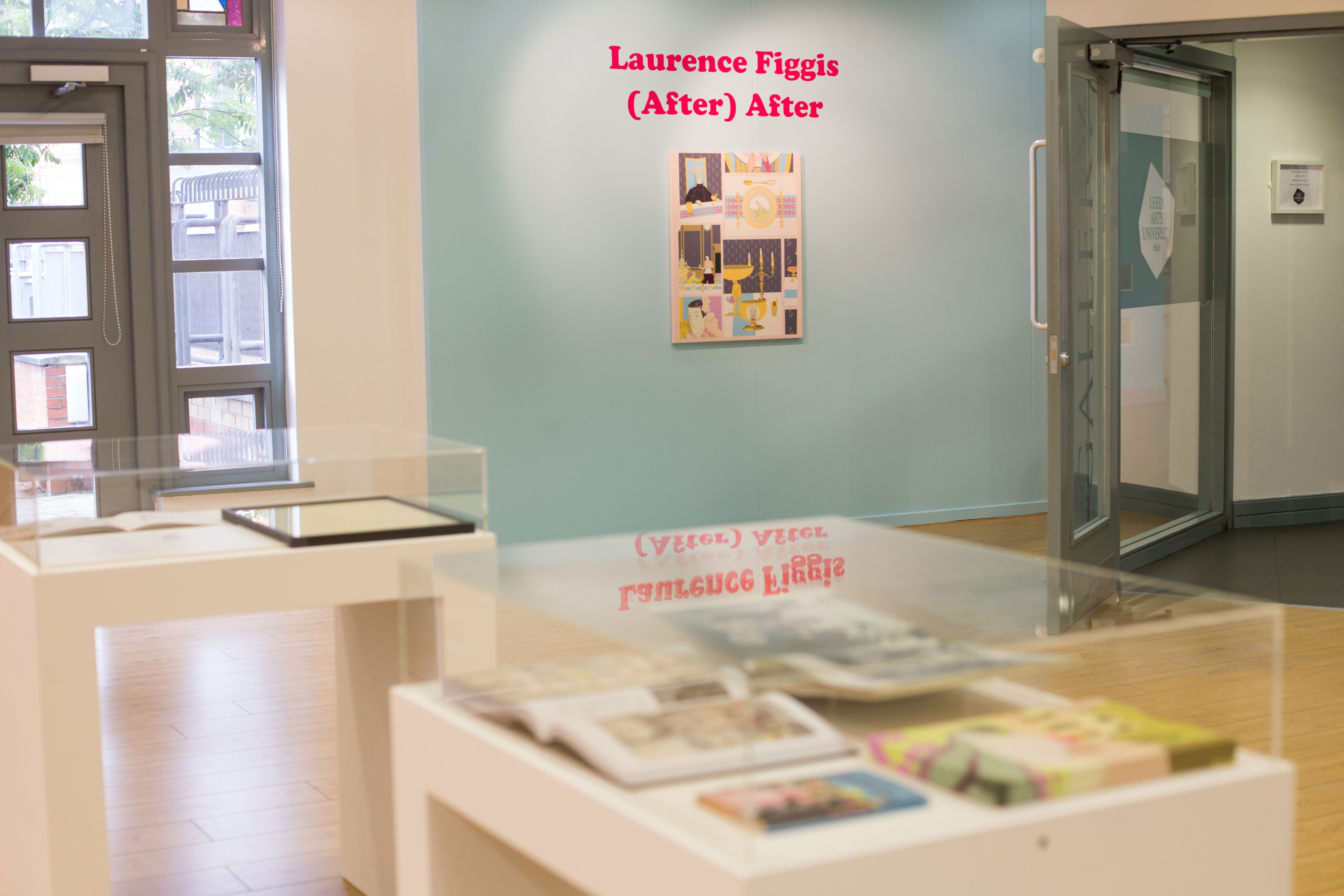
Laurence Figgis, ‘(After) After,’ The Blenheim Walk Gallery, Leeds Arts University, 2017, installation view, photograph by Hamish Irvine, Hamish Irvine Photographer Laurence Figgis
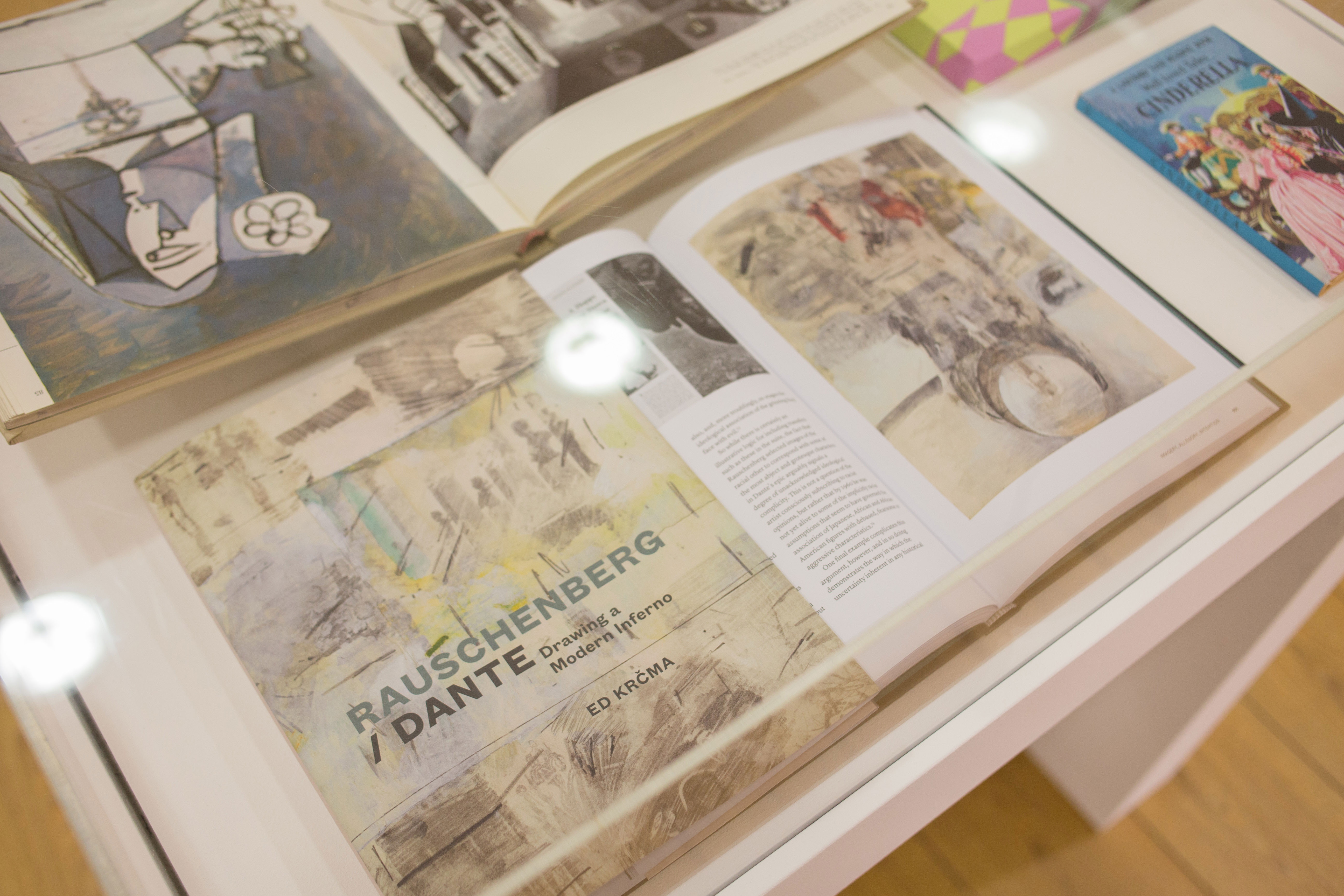
Laurence Figgis, ‘(After) After,’ The Blenheim Walk Gallery, Leeds Arts University, 2017, installation view, photograph by Hamish Irvine, ©Hamish Irvine Photographer, ©Laurence Figgis
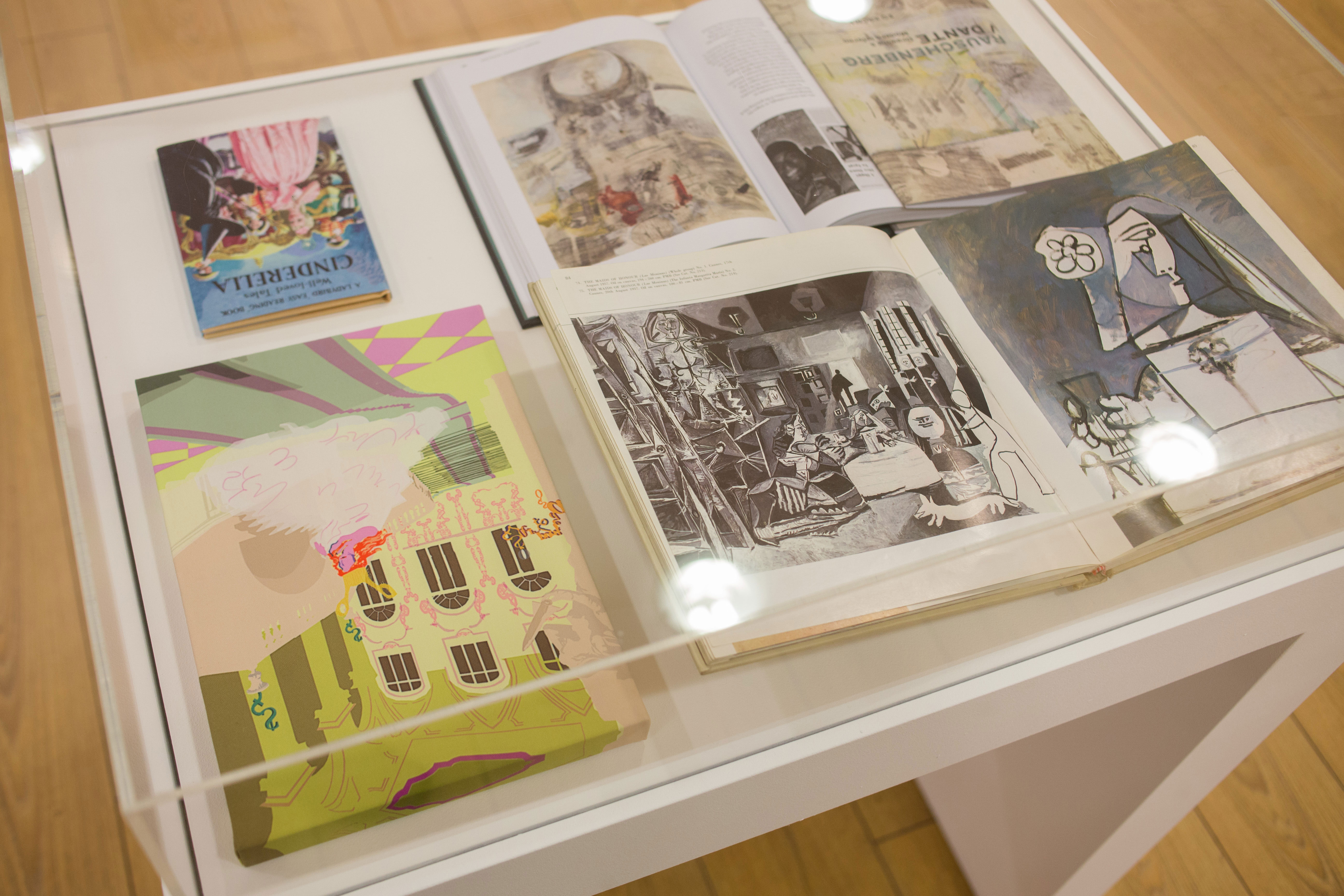
Laurence Figgis, ‘(After) After,’ The Blenheim Walk Gallery, Leeds Arts University, 2017, installation view, photograph by Hamish Irvine, ©Hamish Irvine Photographer, ©Laurence Figgis
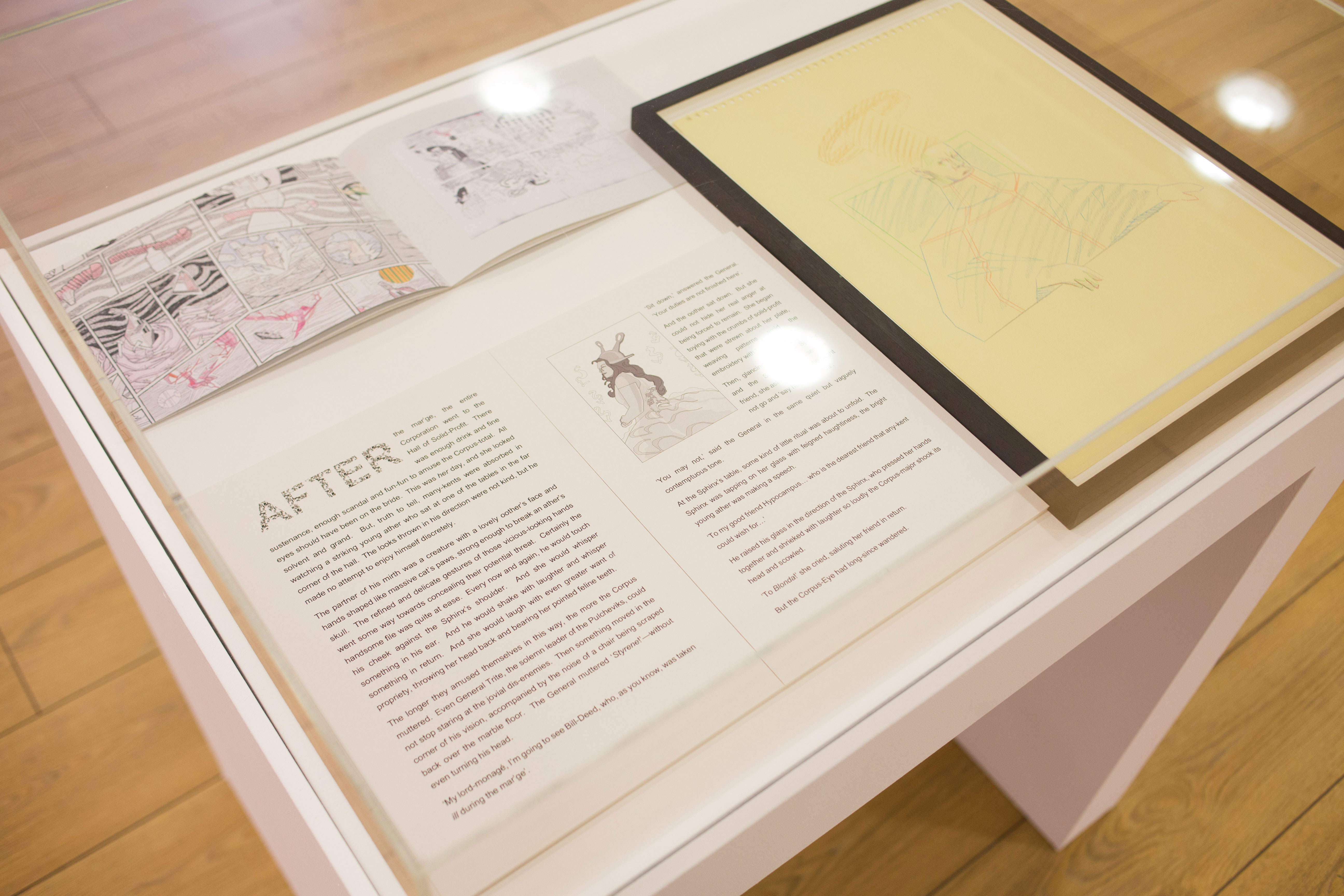
Laurence Figgis, ‘(After) After,’ The Blenheim Walk Gallery, Leeds Arts University, 2017, installation view, photograph by Hamish Irvine, ©Hamish Irvine Photographer, ©Laurence Figgis
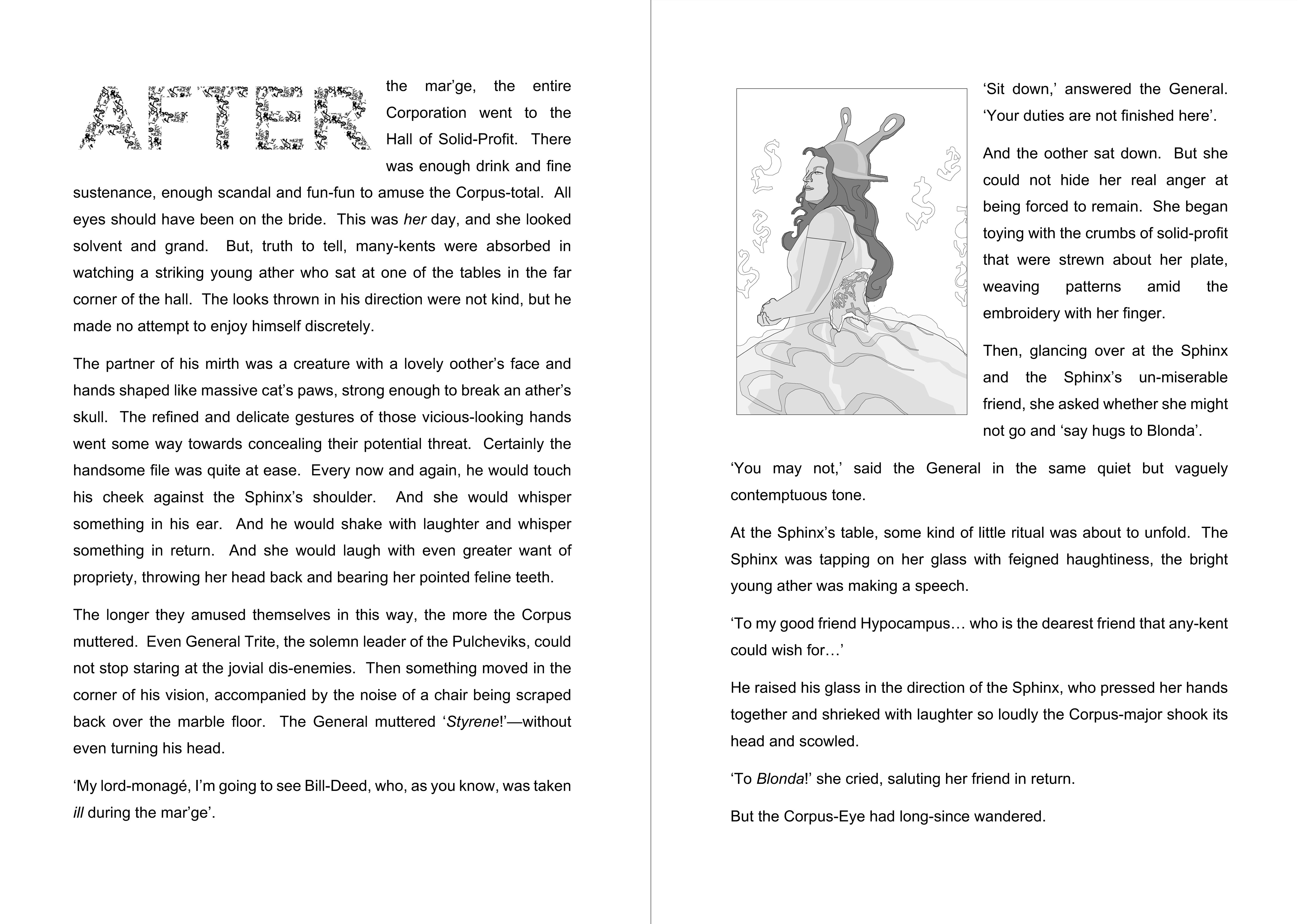
Laurence Figgis, Excerpt from ‘Bad Retail’ a story by Laurence Figgis, 2017, digital print on foam-board, 29.7 x 42 cm Laurence Figgis
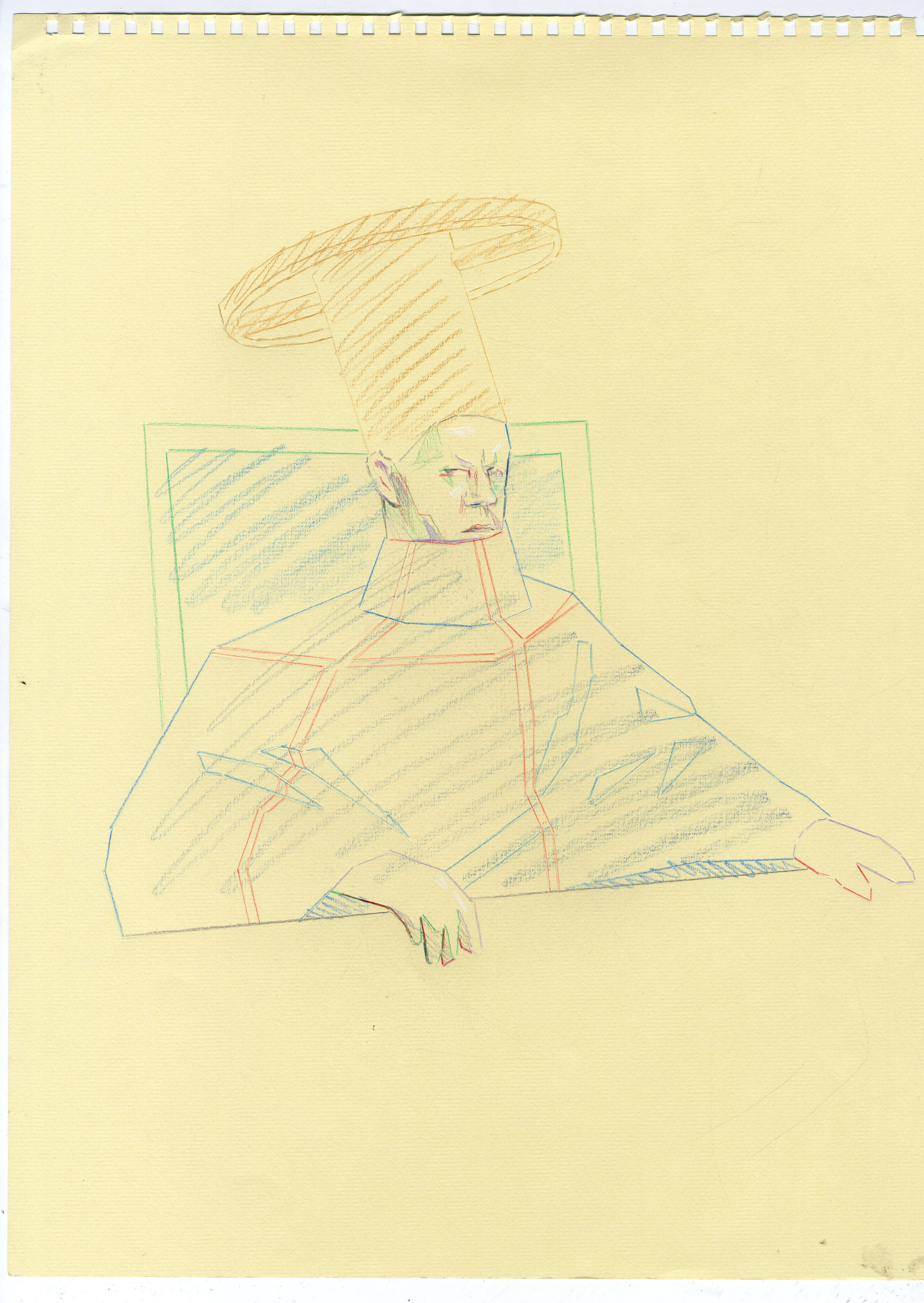
Laurence Figgis, General Trite, 2014, crayon on paper, 40.6 x 30.5 cm (including frame), Laurence Figgis
Exhibition publication text
After (After) by Susannah Thompson
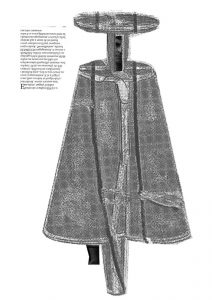
Laurence Figgis, The General, 2017, dye-sublimation print on canvas, 200 x 141 cm, ©Laurence Figgis
In February 2003 the US Secretary of State Colin Powell made an official statement to the Council and the international media on the decision to invade Iraq. Behind him, on the wall of the anteroom to the UN Security Council Chamber, hung one of a number of full-size tapestry copies of Picasso’s Guernica by Jacqueline de la Baume Dȕrrbach. The image was deemed an ‘inappropriate’ backdrop to this formal announcement and was quickly covered over with a blue curtain. The episode – the veiling of politically-loaded imagery which both prefigured the destruction to come as well as memorialising another, earlier twentieth-century atrocity – became emblematic. Guernica-inspired imagery was subsequently used on countless placards in the marches and gatherings held in opposition to the invasion. The re-appropriation of Guernica in this way, as a horribly ironic political allegory, is apposite in considering the critical intentions underpinning Laurence Figgis’s (After) After. Evolving from an interest in art-historical citation, and, specifically, the strategic use of anachronism, the works are concerned with the way the past becomes the present, again, and ever after.
The artist’s research for (After) After was informed by two bodies of work produced in the late 1950s: Pablo Picasso’s 1957 series of paintings after Diego Velásquez’s Las Meninas (1656) and Robert Rauschenberg’s 1958-60 drawings illustrating the thirty-four cantos of Dante’s Inferno (1308-1320). Along with Picasso and Rauschenberg, other visual inspiration comes from the work of British illustrator Eric Winter, known primarily for his contributions to Ladybird Books’ Well-Loved Tales, and the US painter Eyvind Earle, who worked for Walt Disney, amongst others. Figgis’s figurative paintings and digital prints implicitly ask how mid-twentieth-century and post-war visual culture might inform contemporary narrative painting. How might we look to these works as reference points for current anxieties about technological progress, social inequality, gender and sexual politics? Following Picasso’s Cubist take on Velásquez’s painting, Figgis’s own works similarly aim to generate a critical dialogue between art of the past and present. In looking back to earlier historical periods, the works simultaneously speak to their own, particular moment in history.
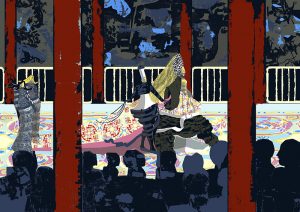
Laurence Figgis, The Mar’ge (detail), 2017, dye-sublimation print, acrylic paint on canvas, 126 x 236 cm, ©Laurence Figgis
The reflection of Cold War-era politics through the lens of historical allegory in the works by Picasso and Rauschenberg forms the basis for Figgis’s own imaginative fiction, a cross-genre narrative referencing gothic romance, dystopian literature and fairy tales. Employing anachorism as well as anachronism, the settings of these works could be amalgams of Picasso/Velásquez’s Royal Court, Rauschenberg/Dante’s Hell and the fairy tale worlds of Winter and Earle. The courts, kings and queens of Figgis’s tale also echo the speculative fictional worlds of the Glasstown Confederacy, Angria and Gondal, those settings of Brontë juvenilia which teem with duplicitous political scheming, coup d’etats, and intrigue. If the island colonies of the Brontë children’s books and poems can be read as fictional parallels to the Empire-building events of the 1820s and 30s, the spaces in (After) After are intended as more deliberate, satirical comments on contemporary culture, in all of its dark, kitsch incongruity.
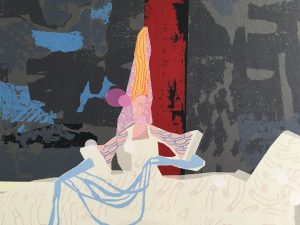
Laurence Figgis, The Goddess of Land Services (detail), 2017, dye-sublimation print on canvas, 118 x 168 cm, ©Laurence Figgis
In their variations of Las Meninas and Dante’s Inferno Picasso and Rauschenberg saw historical appropriation as a way to satirise or respond to the present. Before Picasso, Francisco Goya’s 1778 etching of Las Meninas and his 1801 painting Charles IV of Spain and His Family depicted an altogether less sympathetic portrait of royalty than its source, considered to be a satirical jibe at the corruption and decay of the royal family (a painting within the painting shows the biblical figure of Lot and his daughters). For his part, Picasso’s court of King Phillip IV of Spain points to 1950s Spain under Franco, an arch-monarchist, while Rauschenberg’s evocation of Dante’s Hell was composed of mass-media imagery in the age of McCarthyism and the Cold War. In Figgis’s work, a similar agenda is at play. In The Mar’ge (2017), a royal procession is seen through cleaned-for-the-Queen, blood-red pillars, the crowds in shadow, an anonymous prole throng. A foxed, tarnished present is reflected back to us in the gaudy gilt objects of After the Mar’ge (2017), ripe for the bonfire of the vanities in Austerity Britain. Amongst the tableware, an image of a rocket, rendered in ice-cream colours, decorates the dinner plate of sinister papal figure or corrupt Medici priest. The image of The General (2017), could have been lifted from Oskar Schlemmer’s Triadic Ballet but equally this heavy automaton figure could be a latter-day iron maiden, a metal burka for men, a contemporary Pharisee, a suit of armour for a paranoid dictator. The Club-Grande (2017) is part Versailles, part Met Ball, and surrounded, everywhere, by watchful eyes, Rhianna meets La Reine Margot. Velásquez’s and Picasso’s Infantas become The Goddess of Land Services (2017) in architectonic, draggy crinoline. All of these works could be read as allegory: what was once deemed stupid, reactionary, even implausible’ in this day and age’ is, once again, political fact, ushered in and made possible by ‘seductive pageantry’[1].
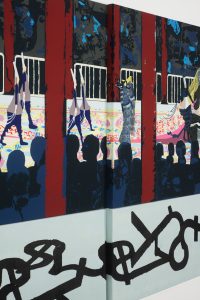
Laurence Figgis, The Mar’ge (detail), 2017, dye-sublimation print, acrylic paint on canvas, 126 x 236 cm, photograph by Alan Dimmick, ©A Dimmick, ©Laurence Figgis
Bad Retail, Figgis’s prose-romance, was produced in parallel to the paintings and prints in (After) After. Seen together, the verbal and visual elements become a kind of contemporary illuminated manuscript, populated by characters who appear across both narrative forms. In its written form, the language of political spin and corporatese is taken to Dada-esque extremes – protagonists speak in an argot populated by buzzwords, in-jokes and neologisms recognisable to any institutional or academic worker disorientated by committee-speak and acronymic dialogue. A bureaucratic nightmare, akin to a phone call to the city council, communication in Bad Retail is bound up by labyrinthine codes. Figgis’s tale also refers to the authoritarian language of classic dystopian narratives by Ursula Le Guin, George Orwell or Anthony Burgess. If, in Figgis’s work, ‘the tyrant becomes an administrator’[2] the pompous patois of admin is used to extreme comedic effect—the embedded, decontextualized fragments of Glaswegian dialect, Figgis’s adopted city, are cases in point.
The text, like the visual works, constitutes an act of pillaging and self-plagiarism: references to earlier works in the artist’s oeuvre are manifold. Through his verbal and visual forms, ‘full of tell-tale fault lines and stitches’[3], Figgis has sought to dramatise the equivalence of collage to anachronism, using the fractures and glitches created by both ways of working to foster a reading of ‘period’ costume, setting or speech which acts in the same push/pull manner as flatness in Modernist painting. Can we be in both places at once? Are we here or there?
[1] Figgis, L. (2017) ‘Bad Retail: A Romantic Fiction’, Journal of Writing in Creative Practice, 10 (1), p.8
[2] Strauss, L. (1991) On Tyranny (expanded edition). New York: Free Press, p.255.
[3] Figgis, op cit., p.7
©Susannah Thompson 2017
View PDF of original publication
Artist Talk
(After) After: Visual Storytelling in Post-war Culture, from Picasso to the ‘Well Loved Tales’
Further Reading
‘Bad Retail: A Romantic Fiction (Preamble)‘ (essay)
Review of ‘Laurence Figgis: (After) After’ by Karen Tobias Green for Corridor 8
Acknowledgements
Venue curation by Dr Catriona McAra
Technical support by Matt Wheeldon
Dye-sublimation prints by Photo Canvas Printing
